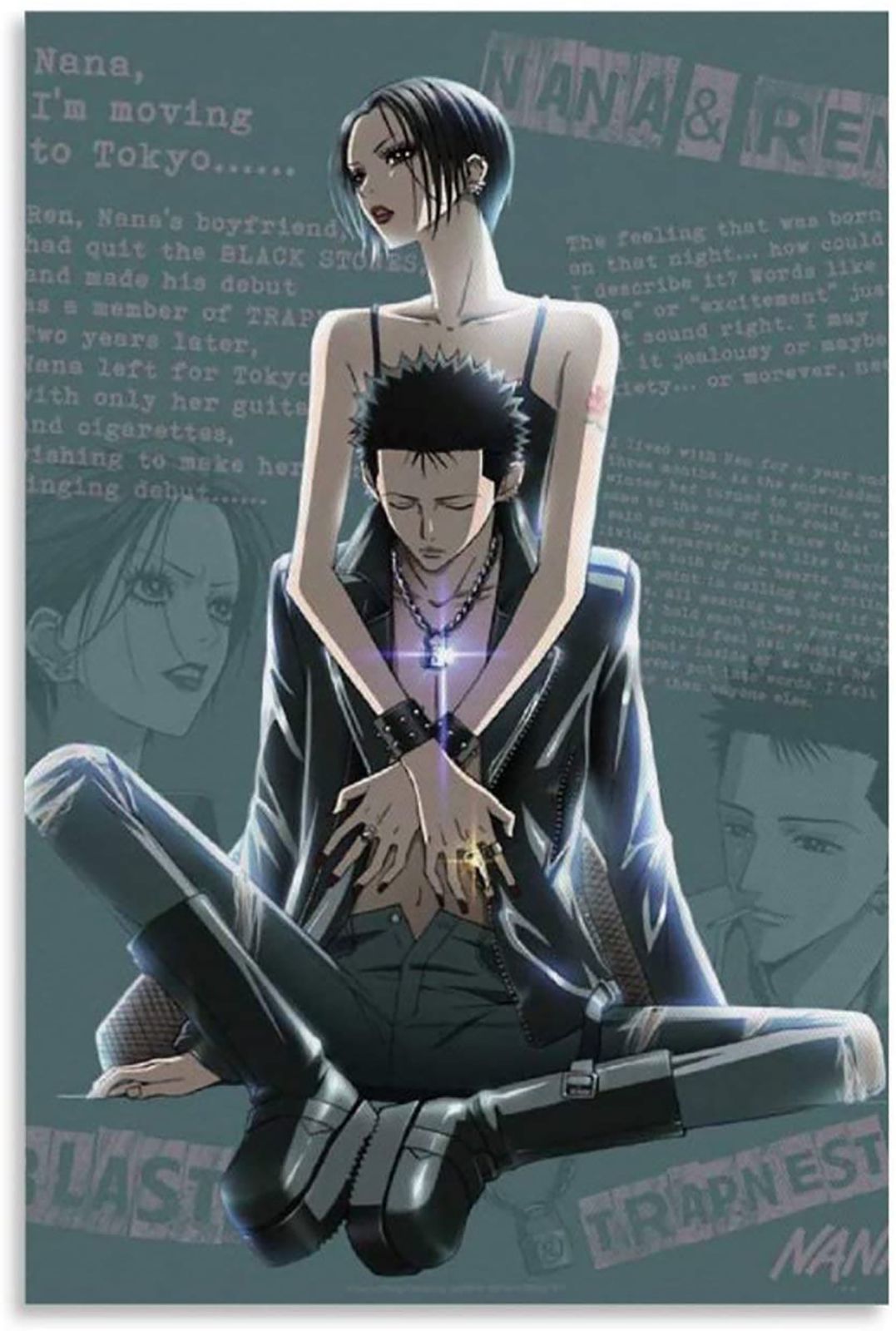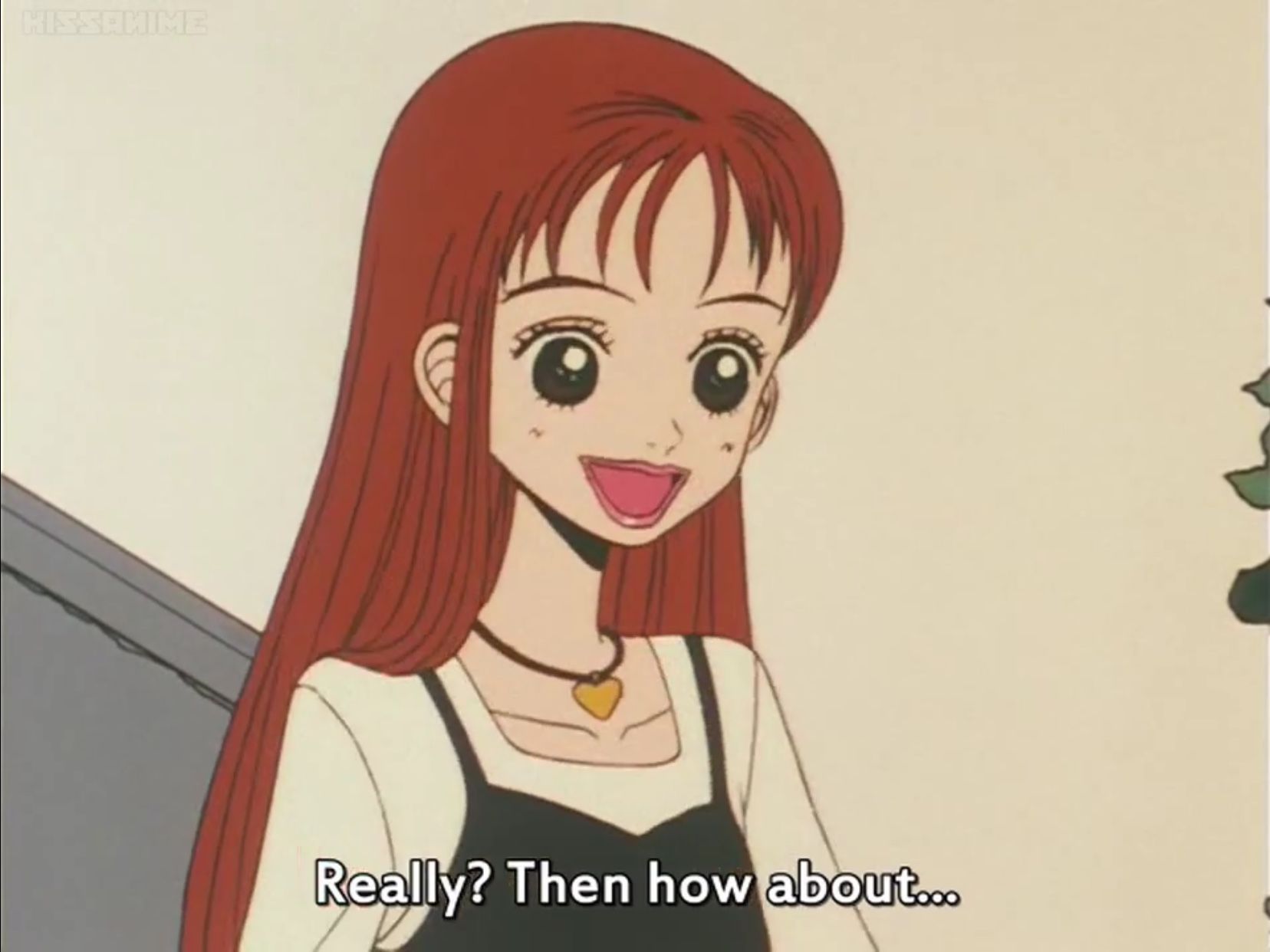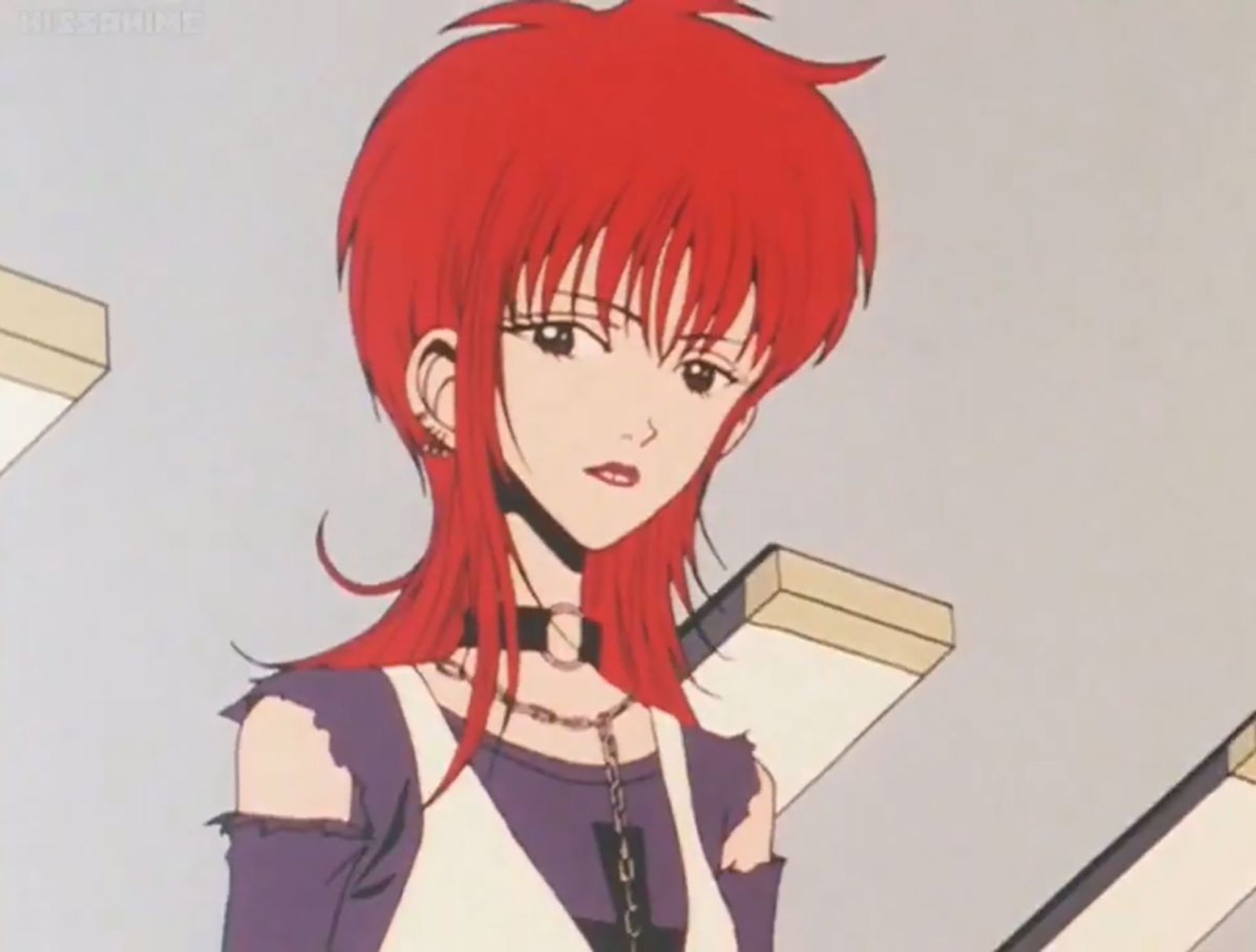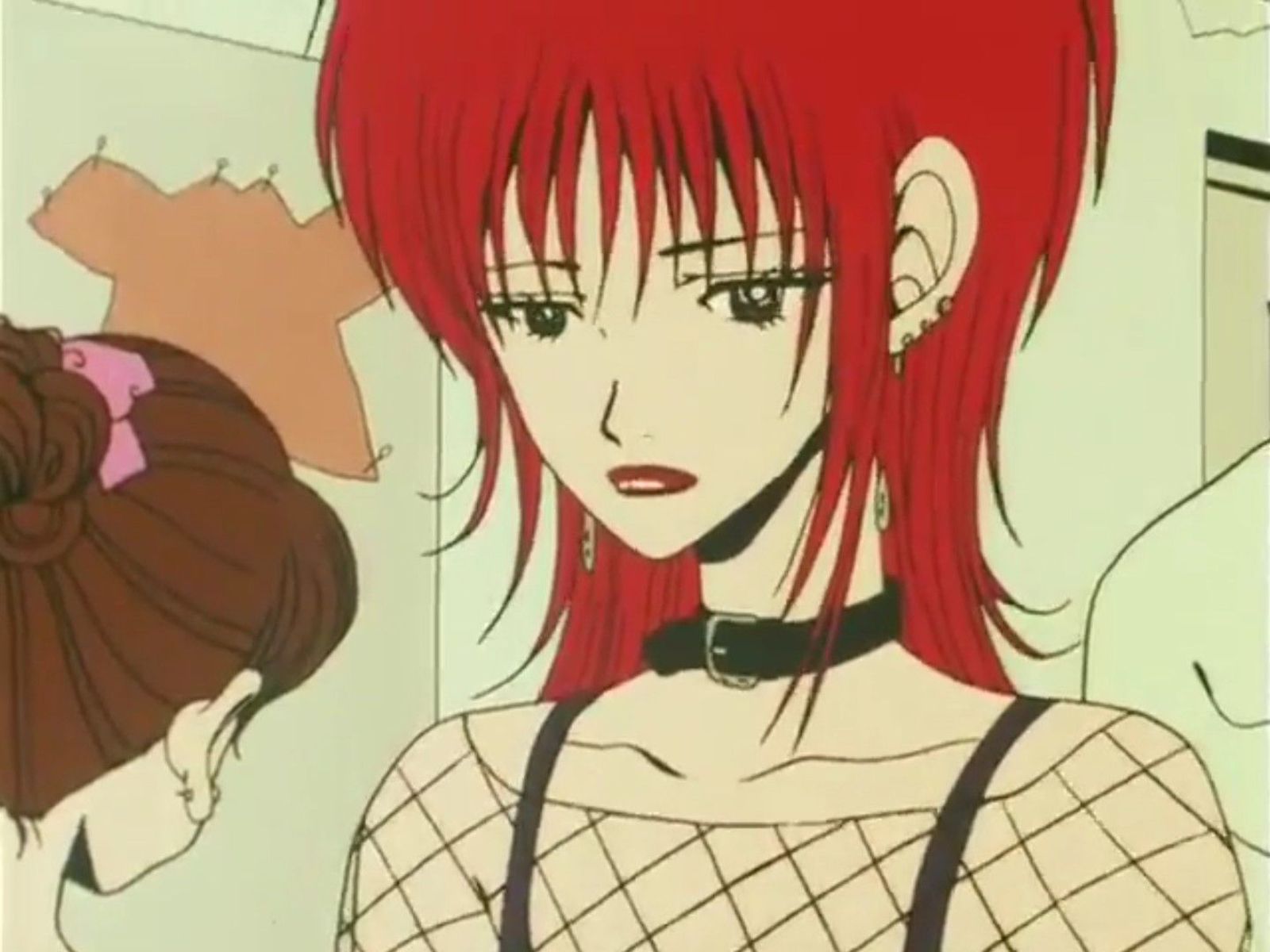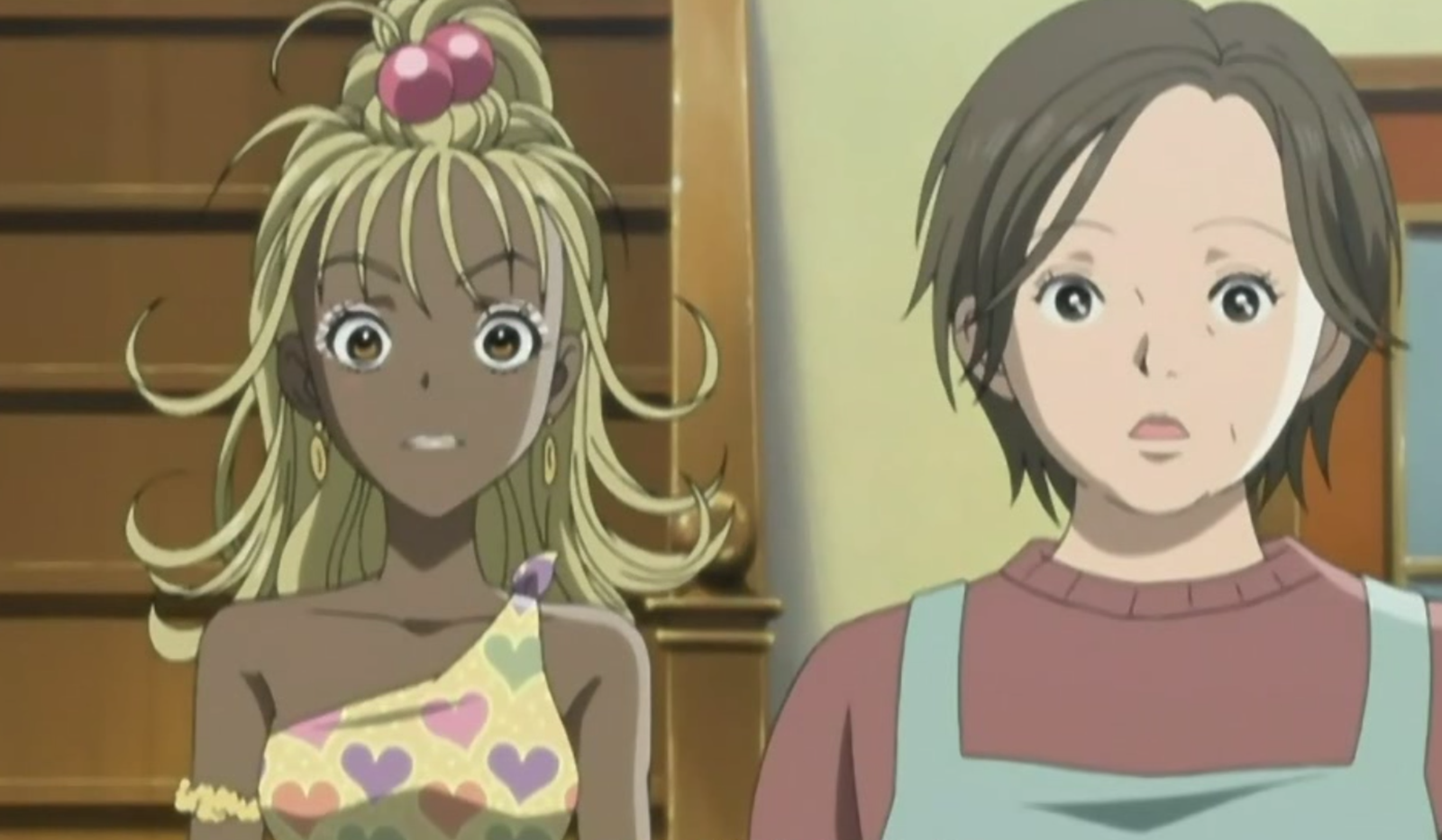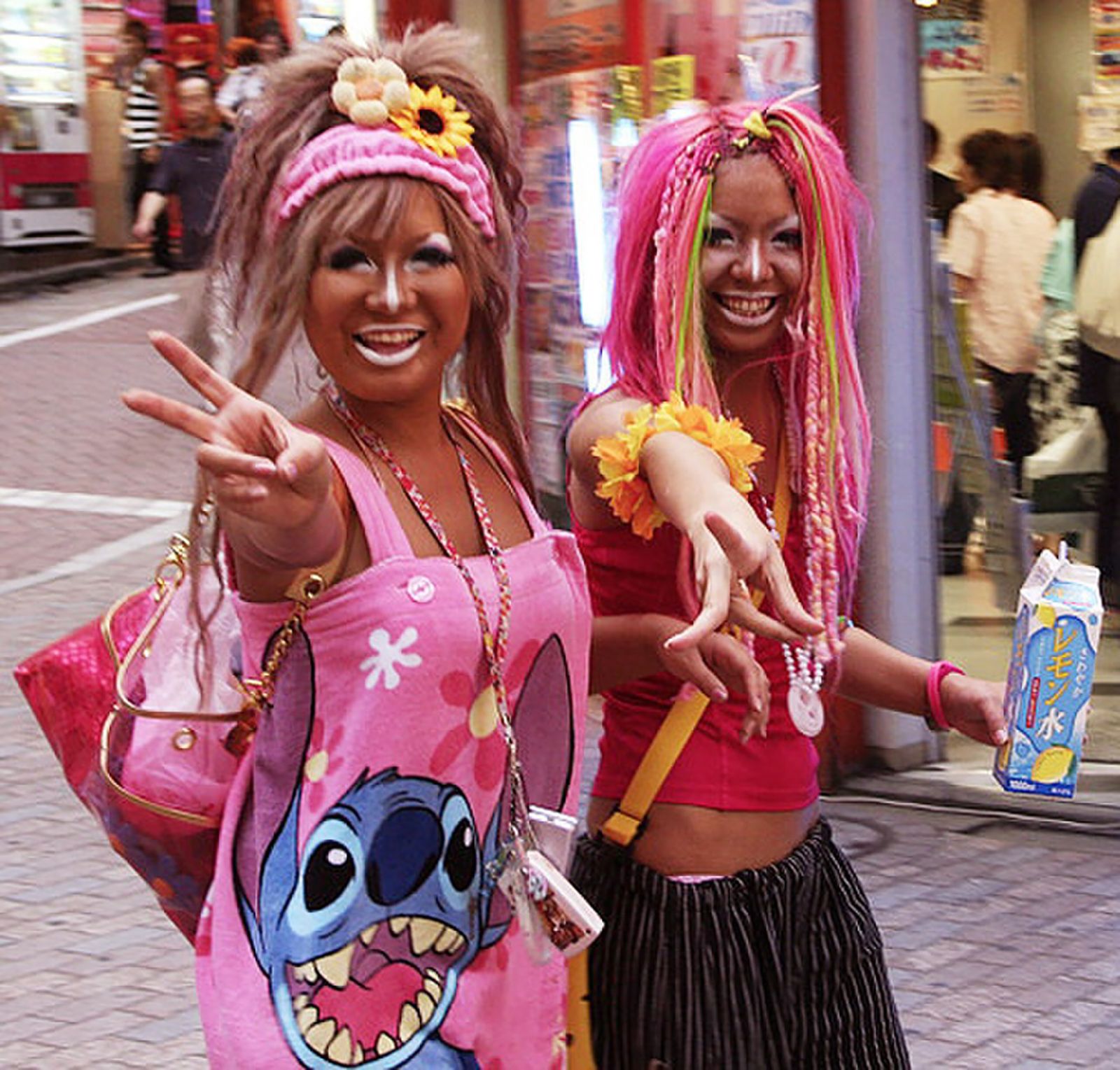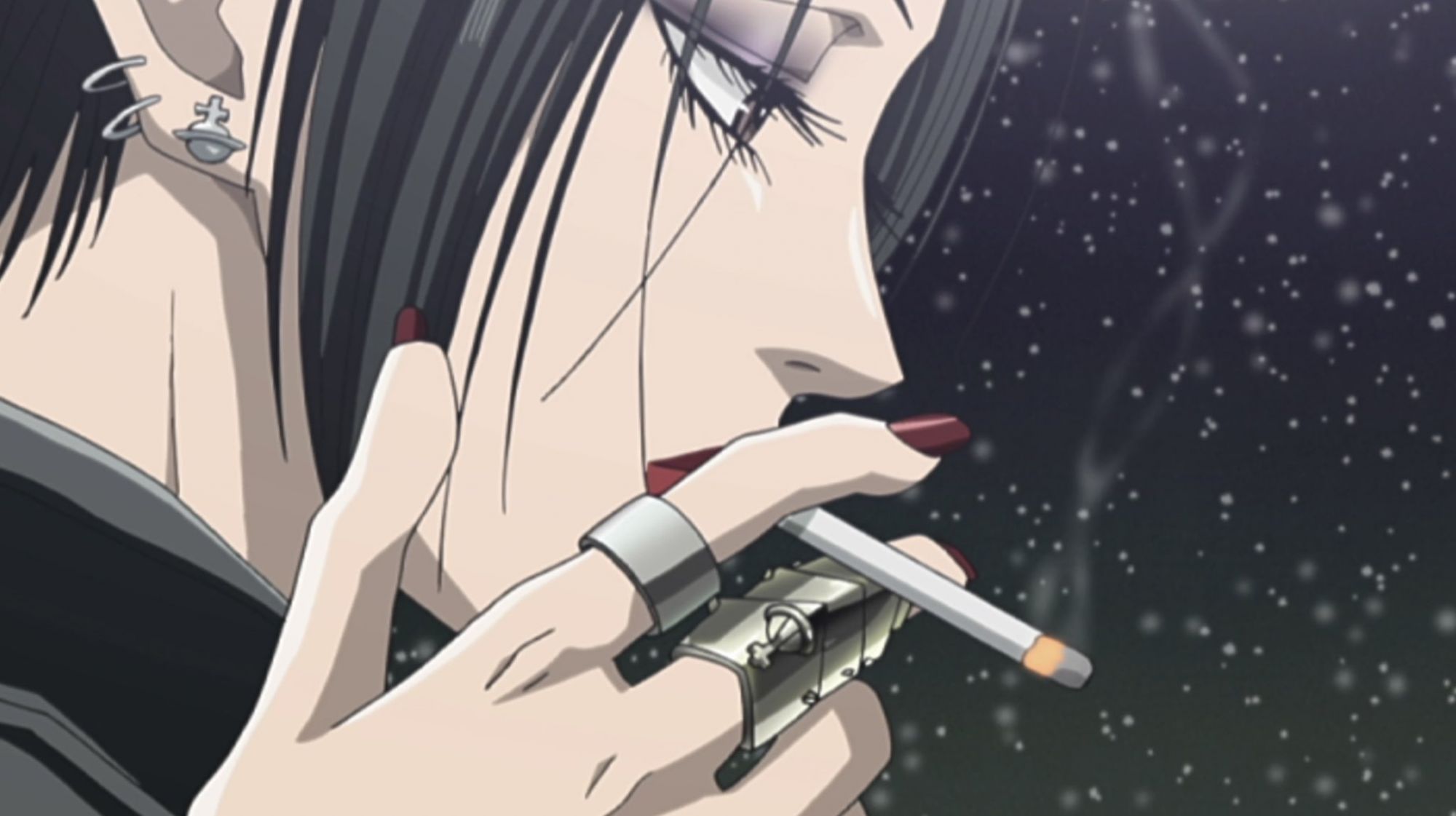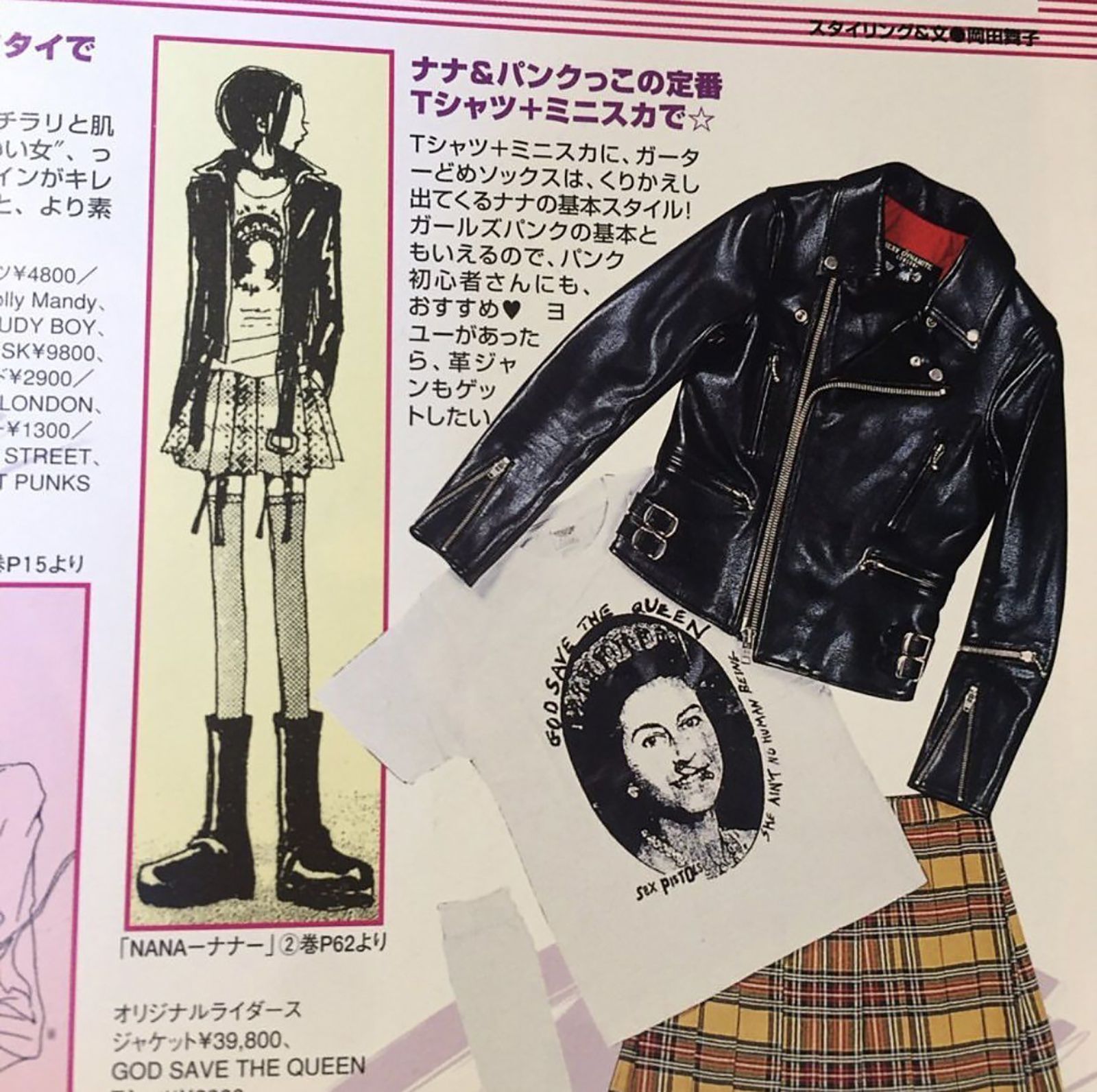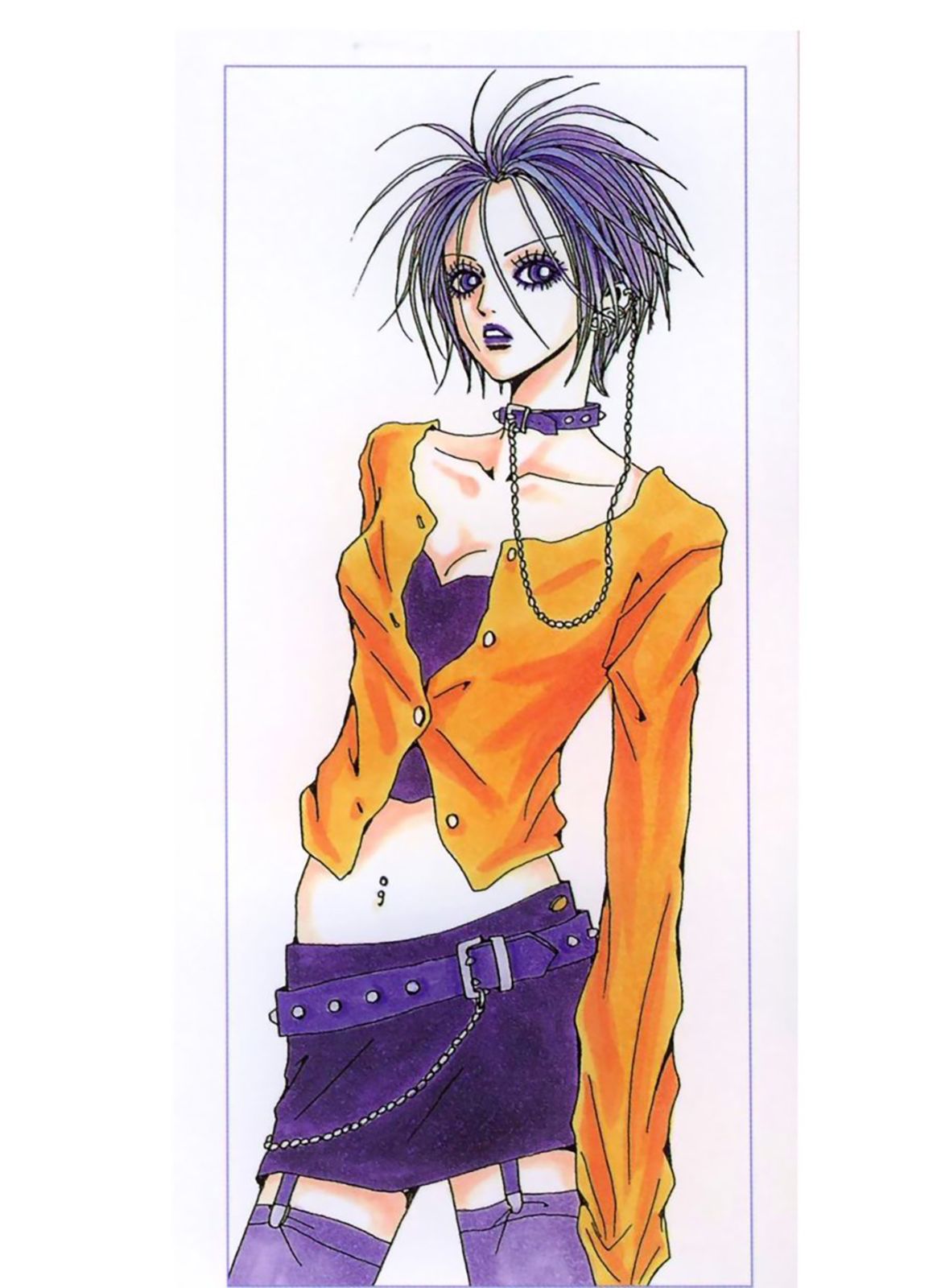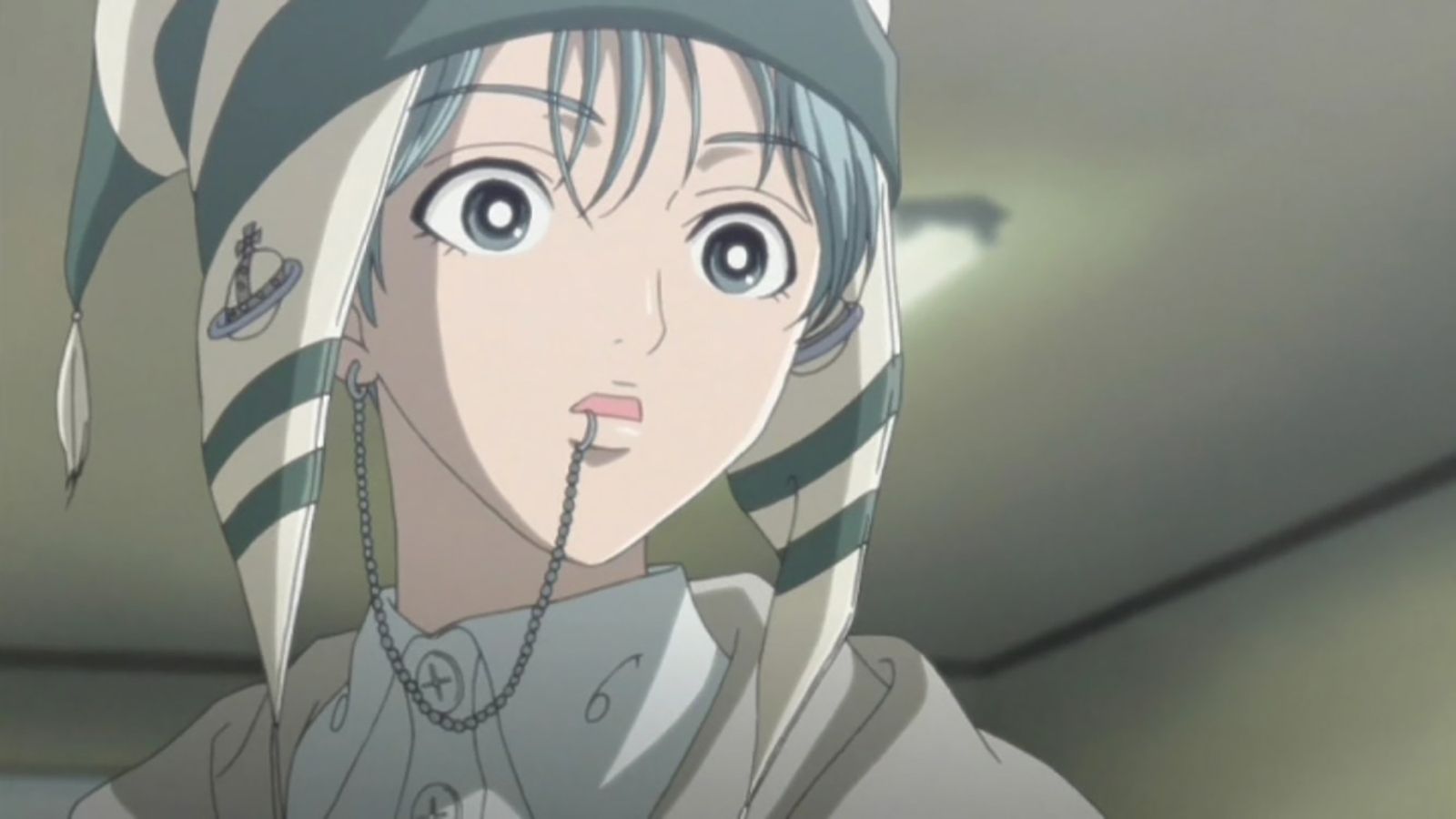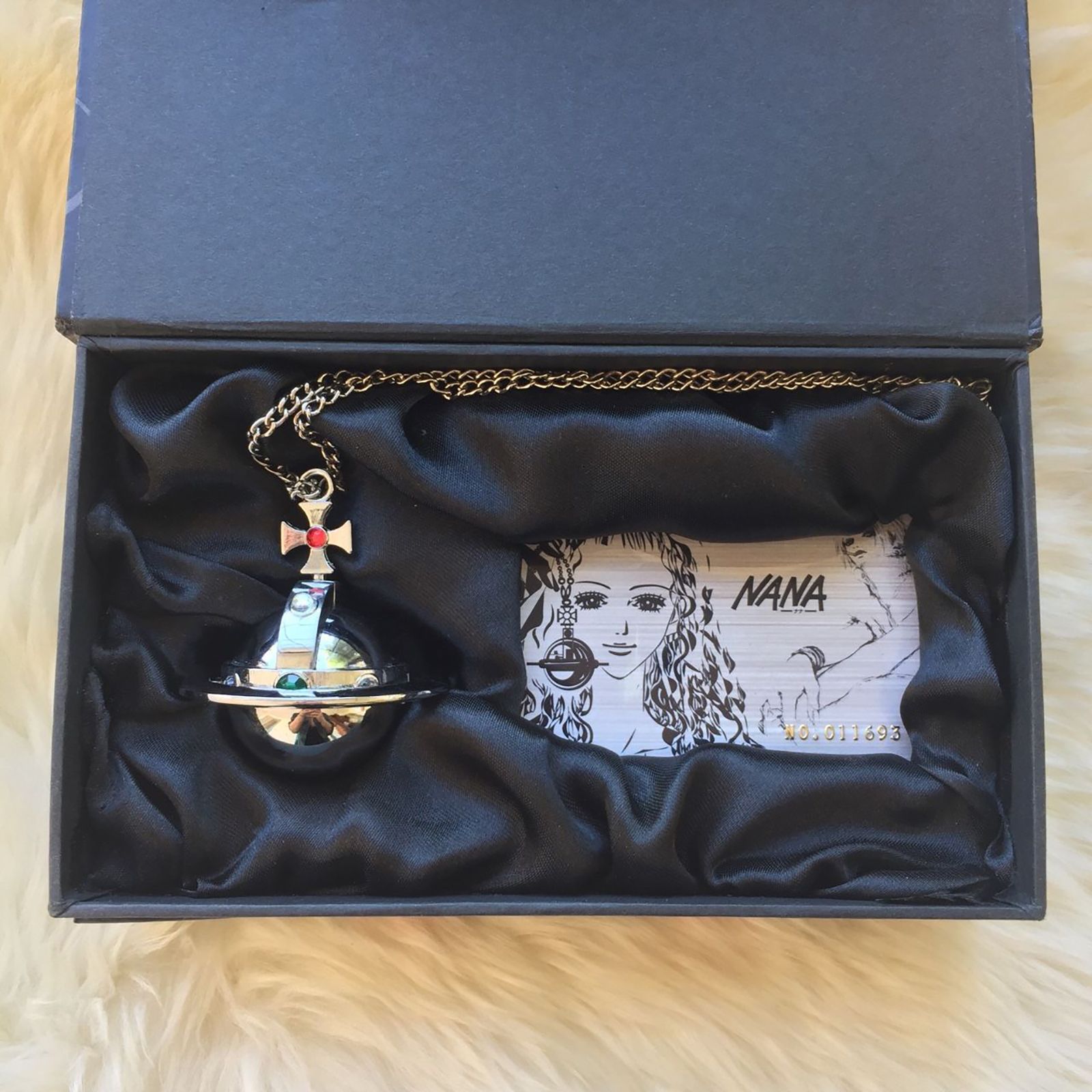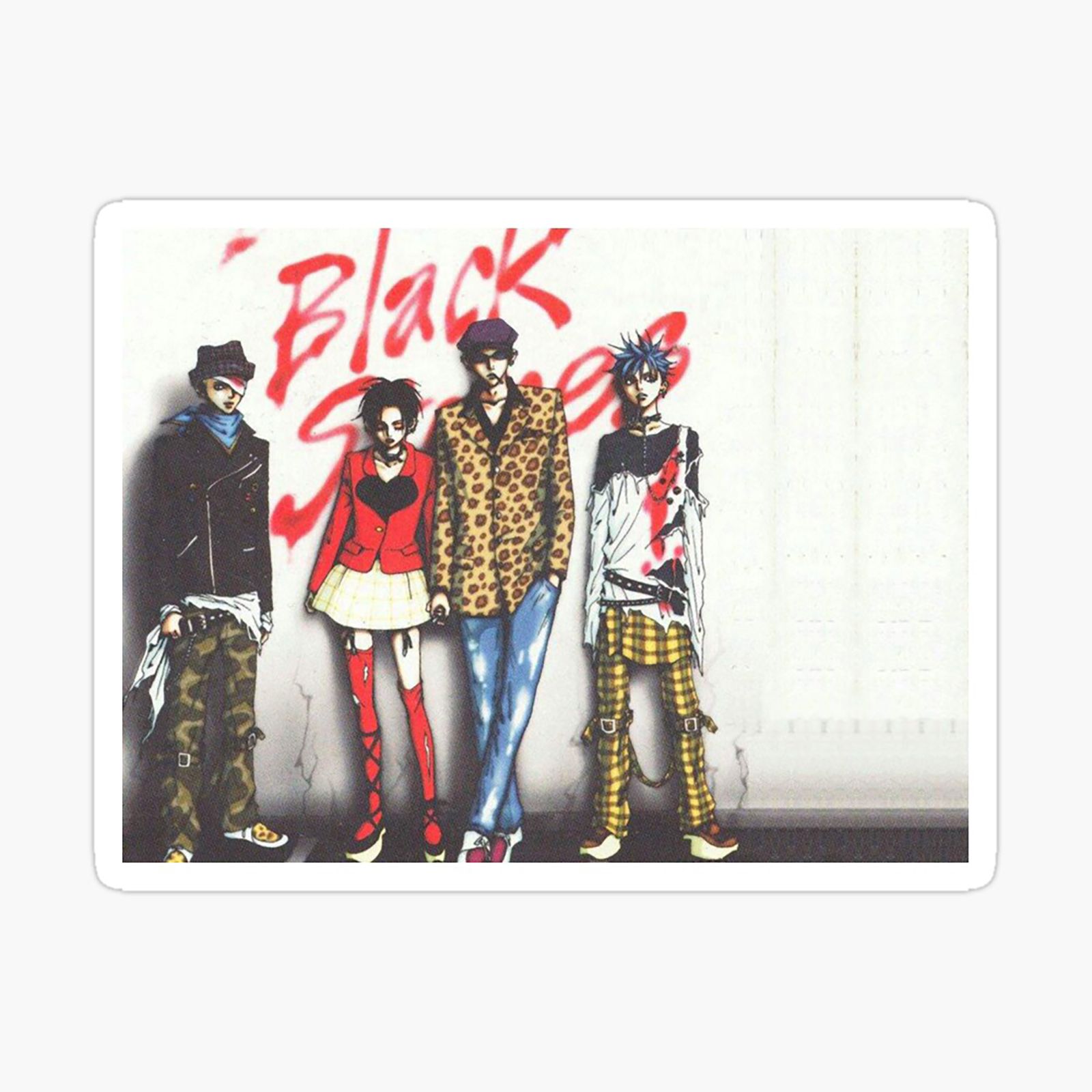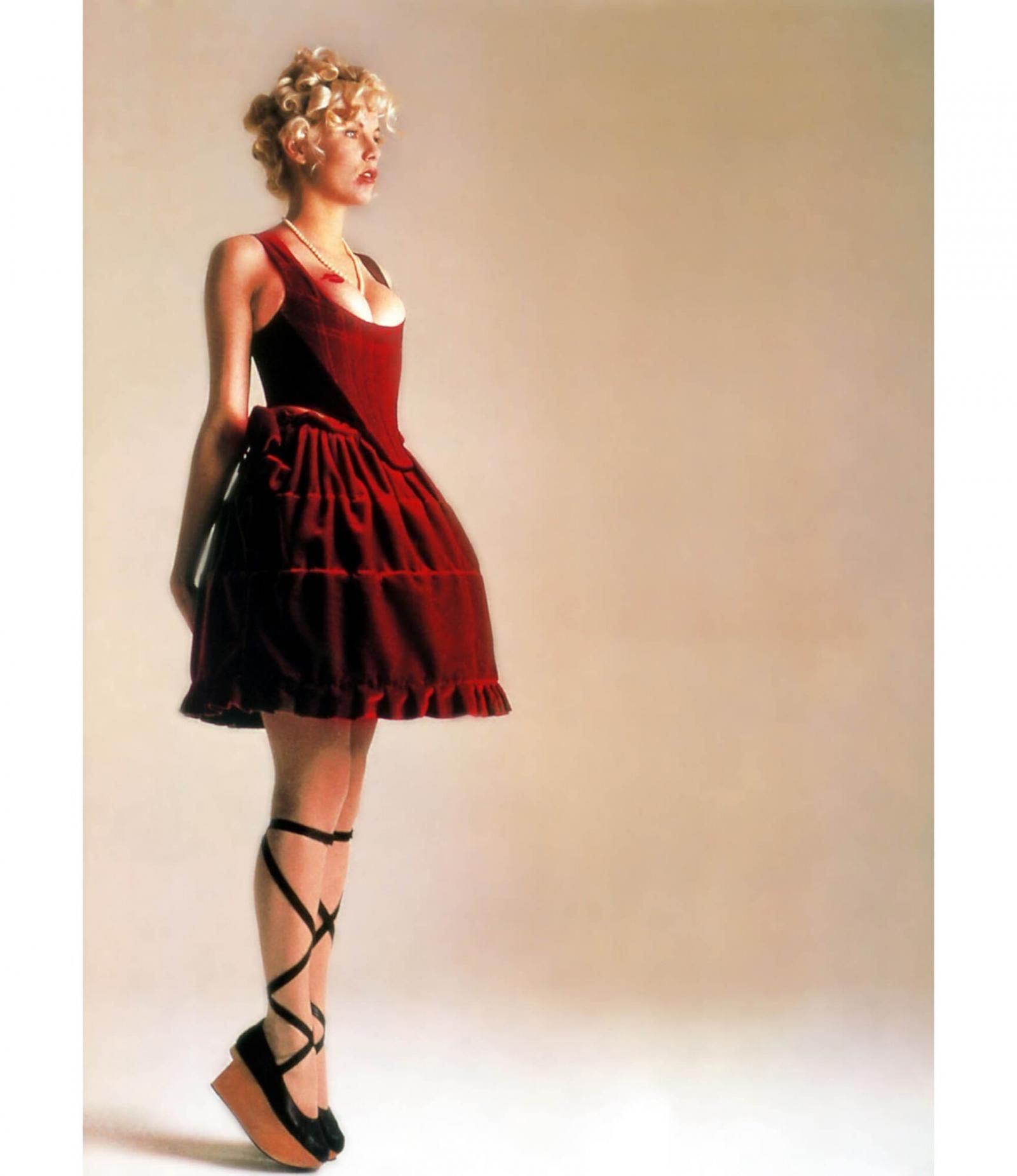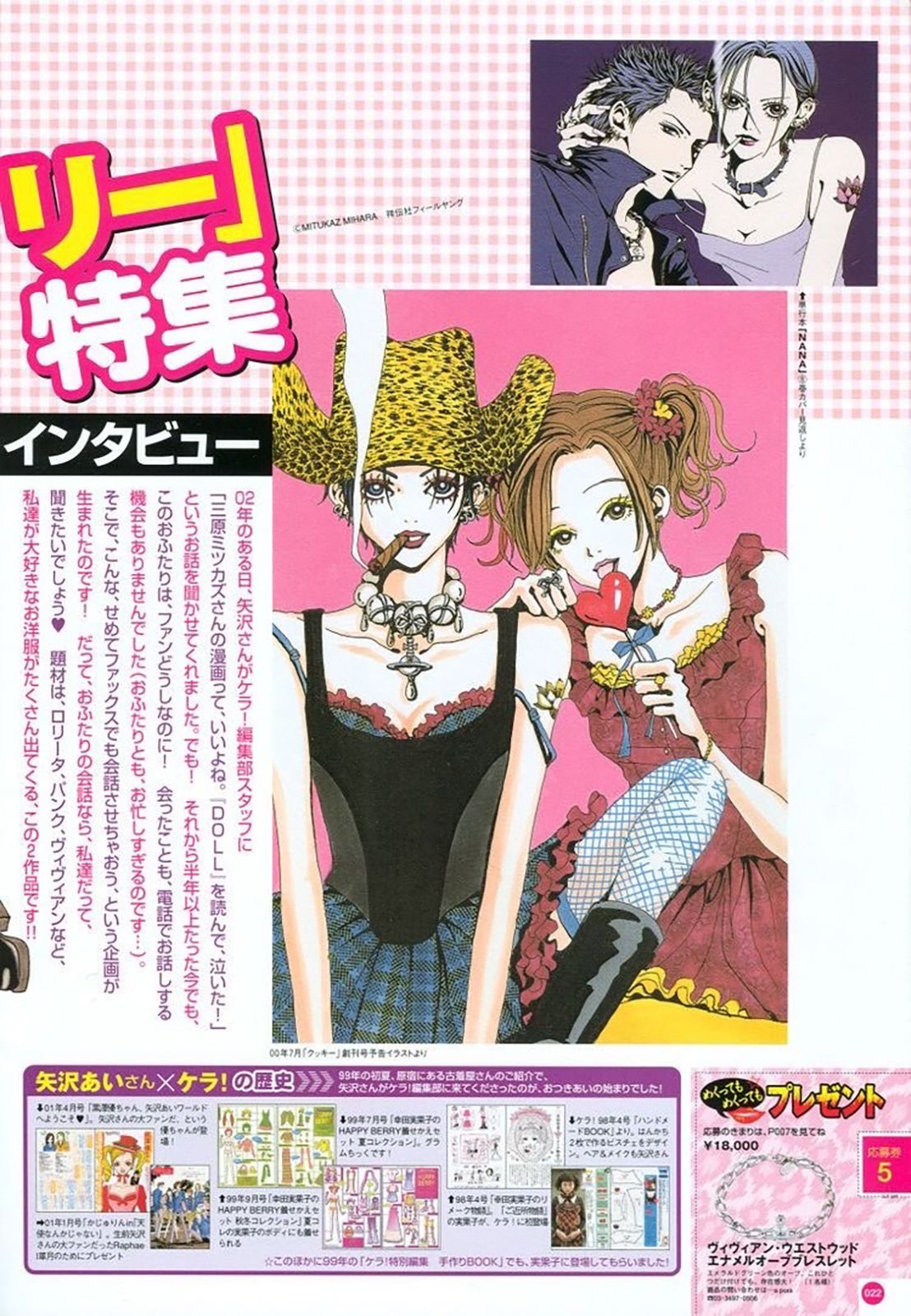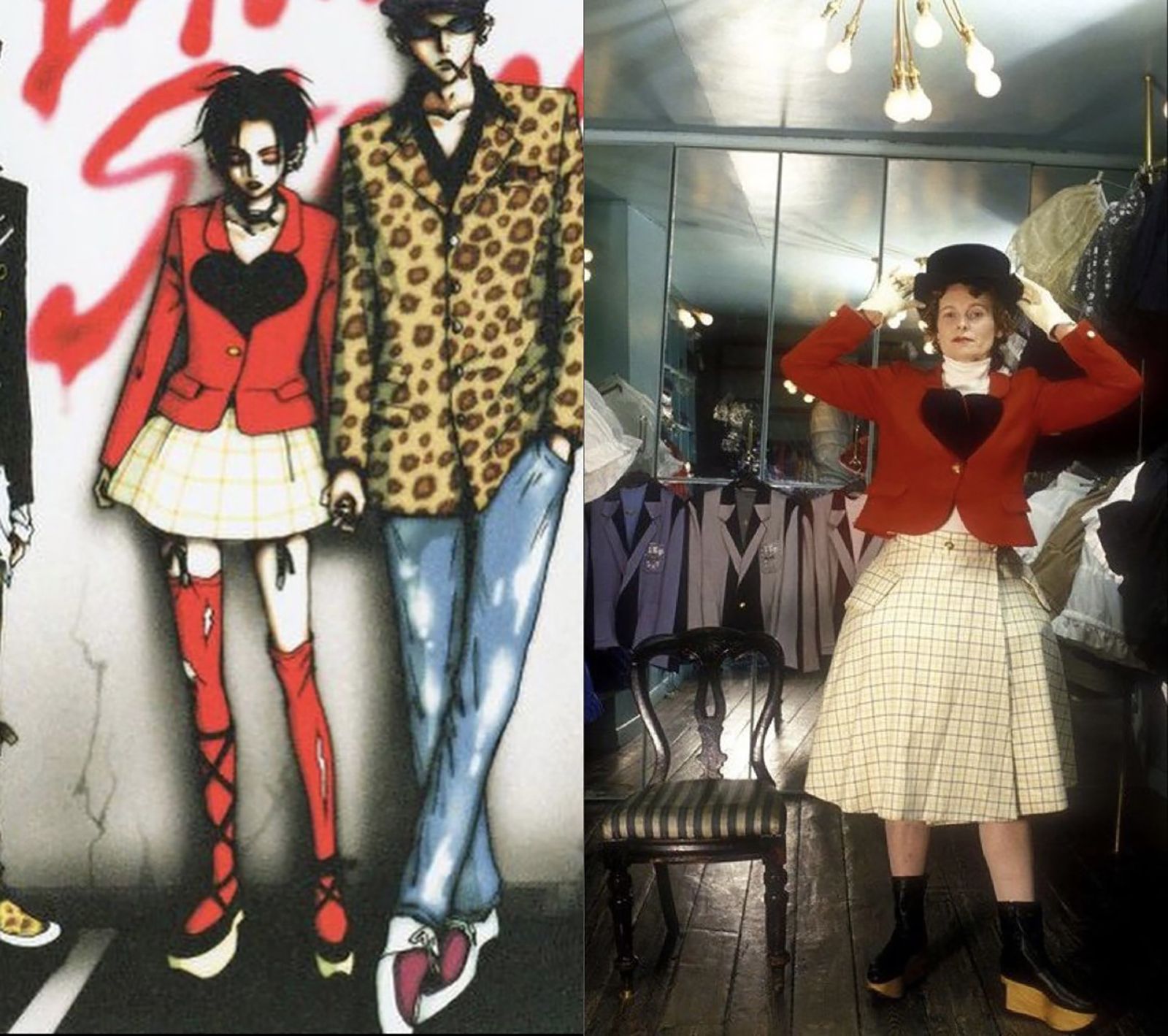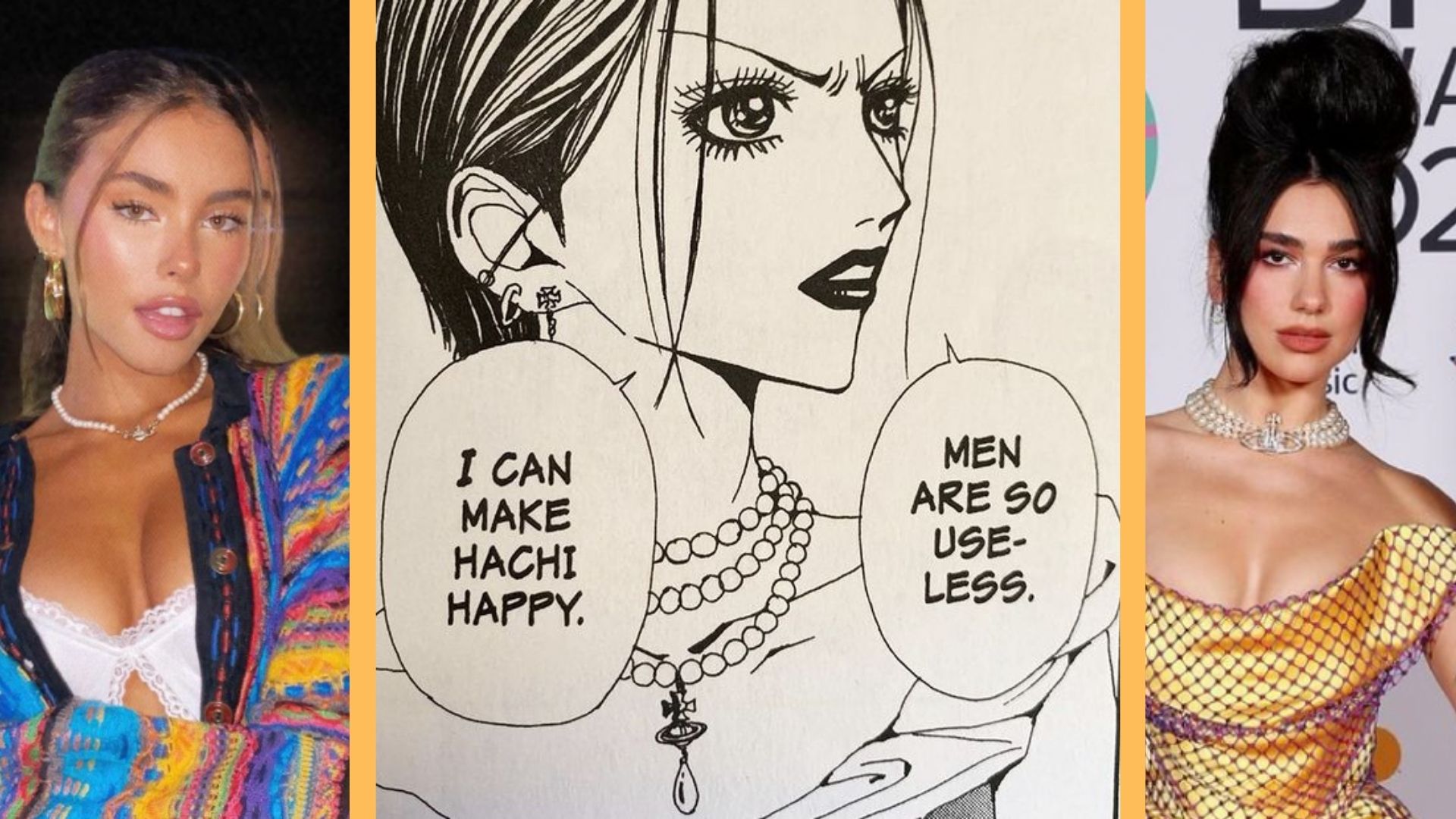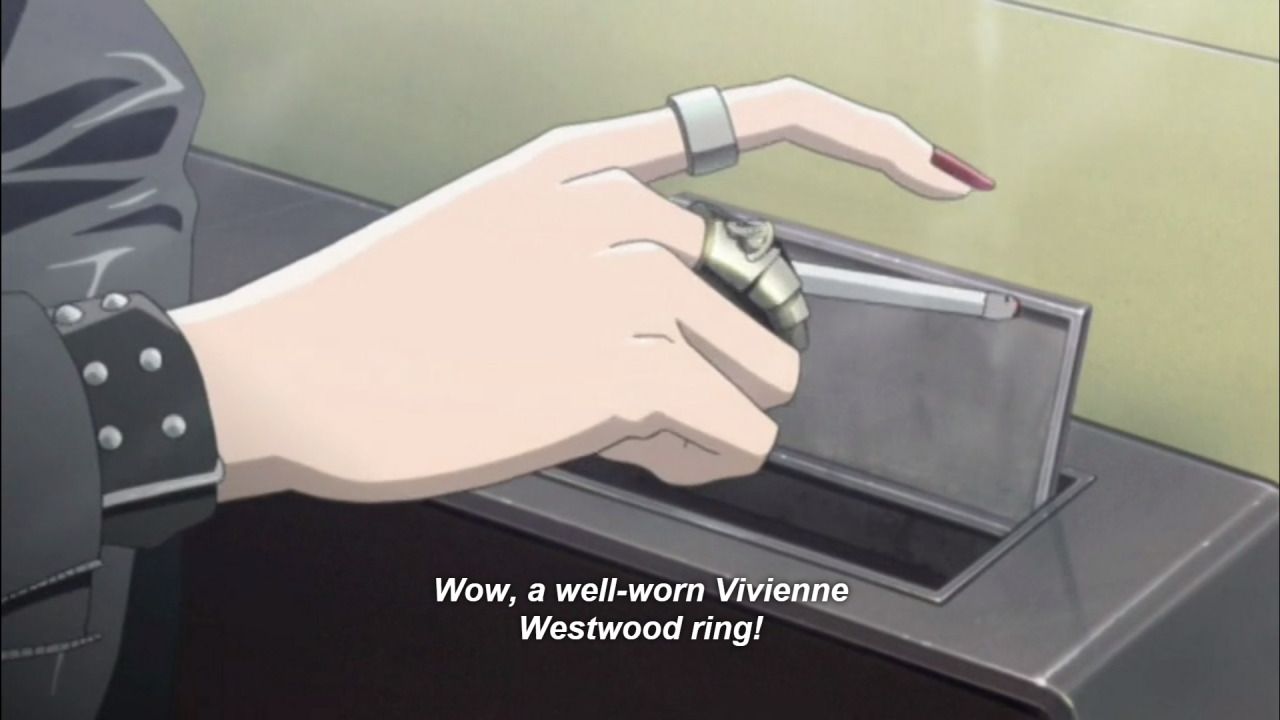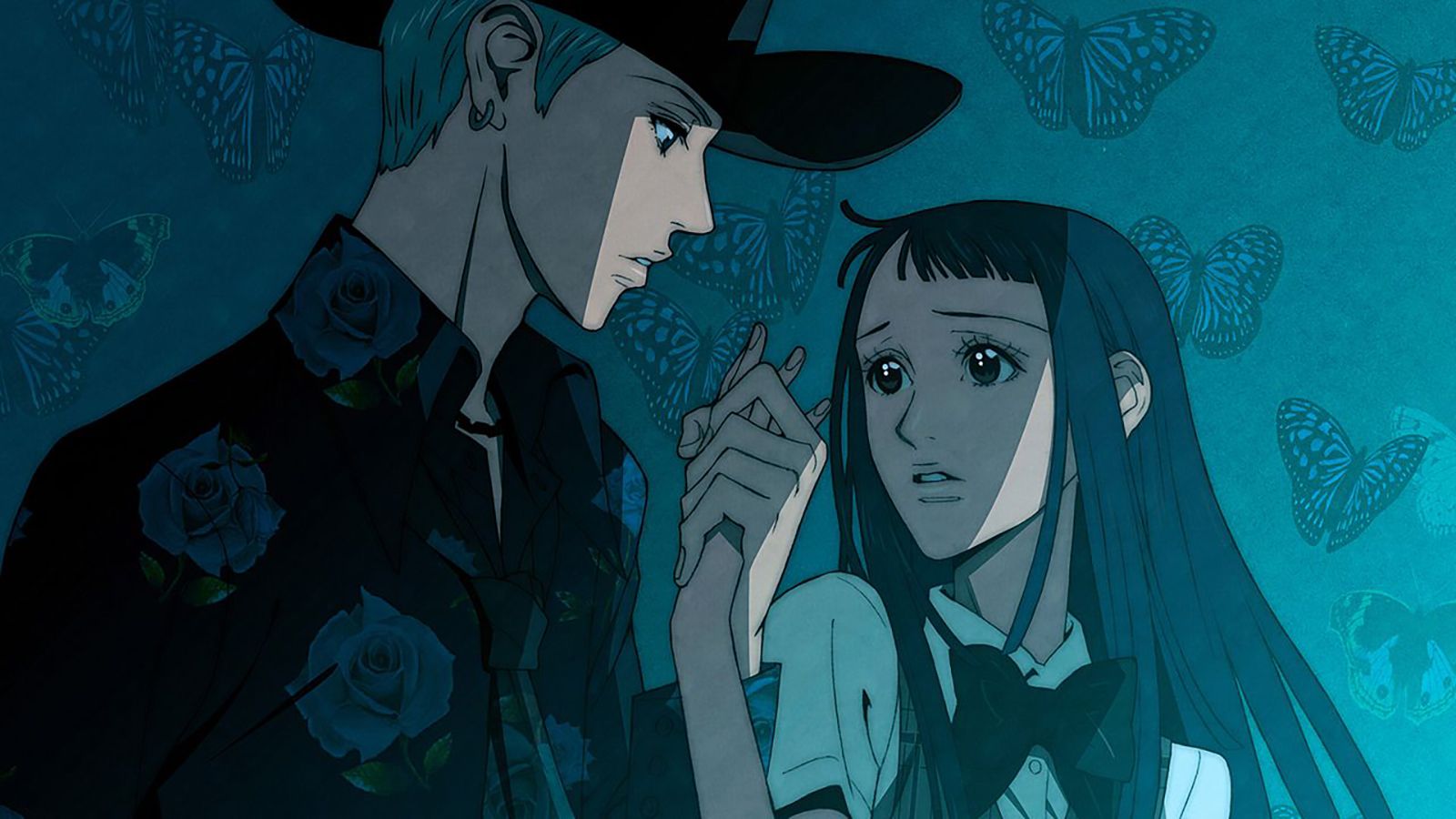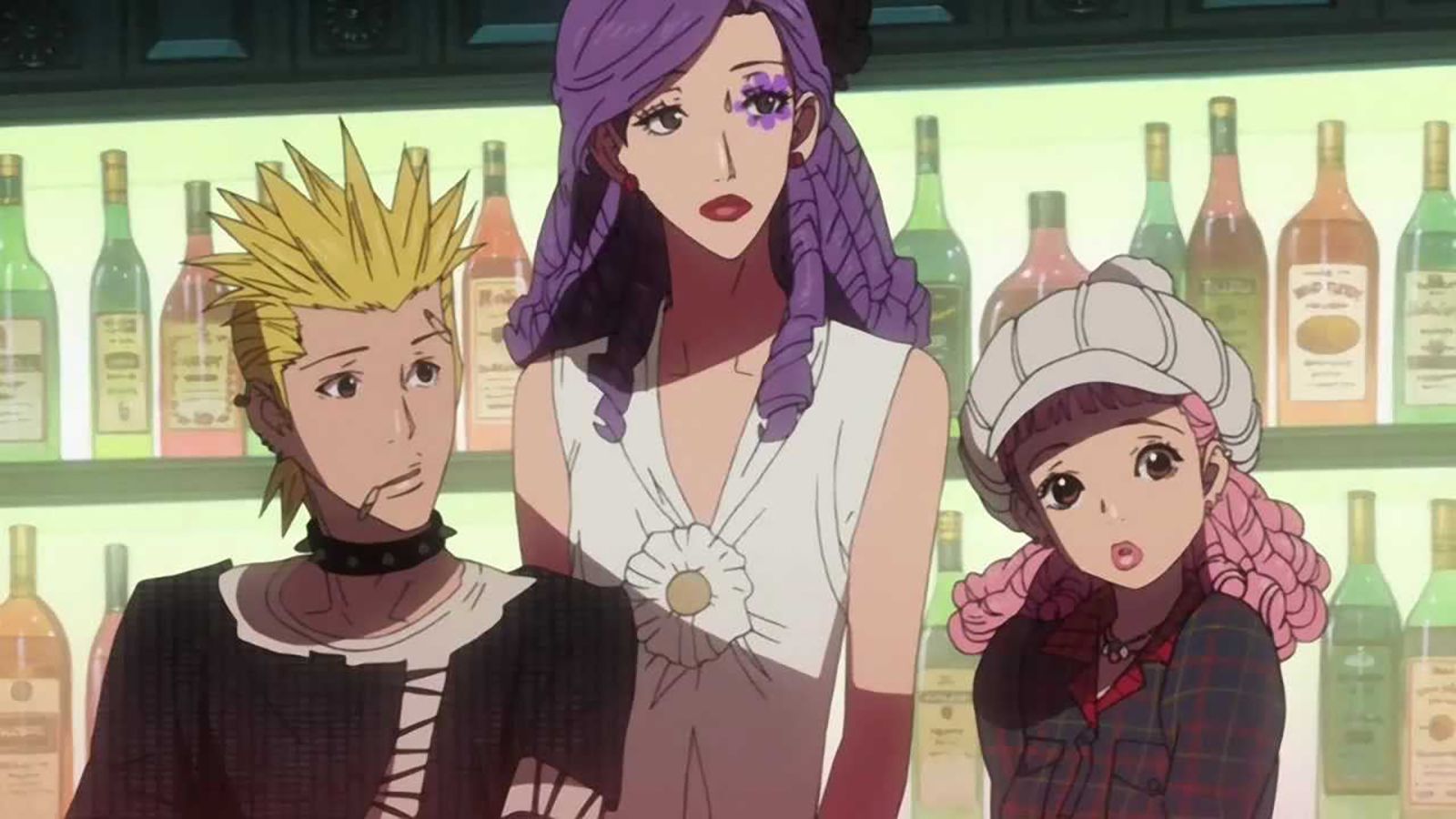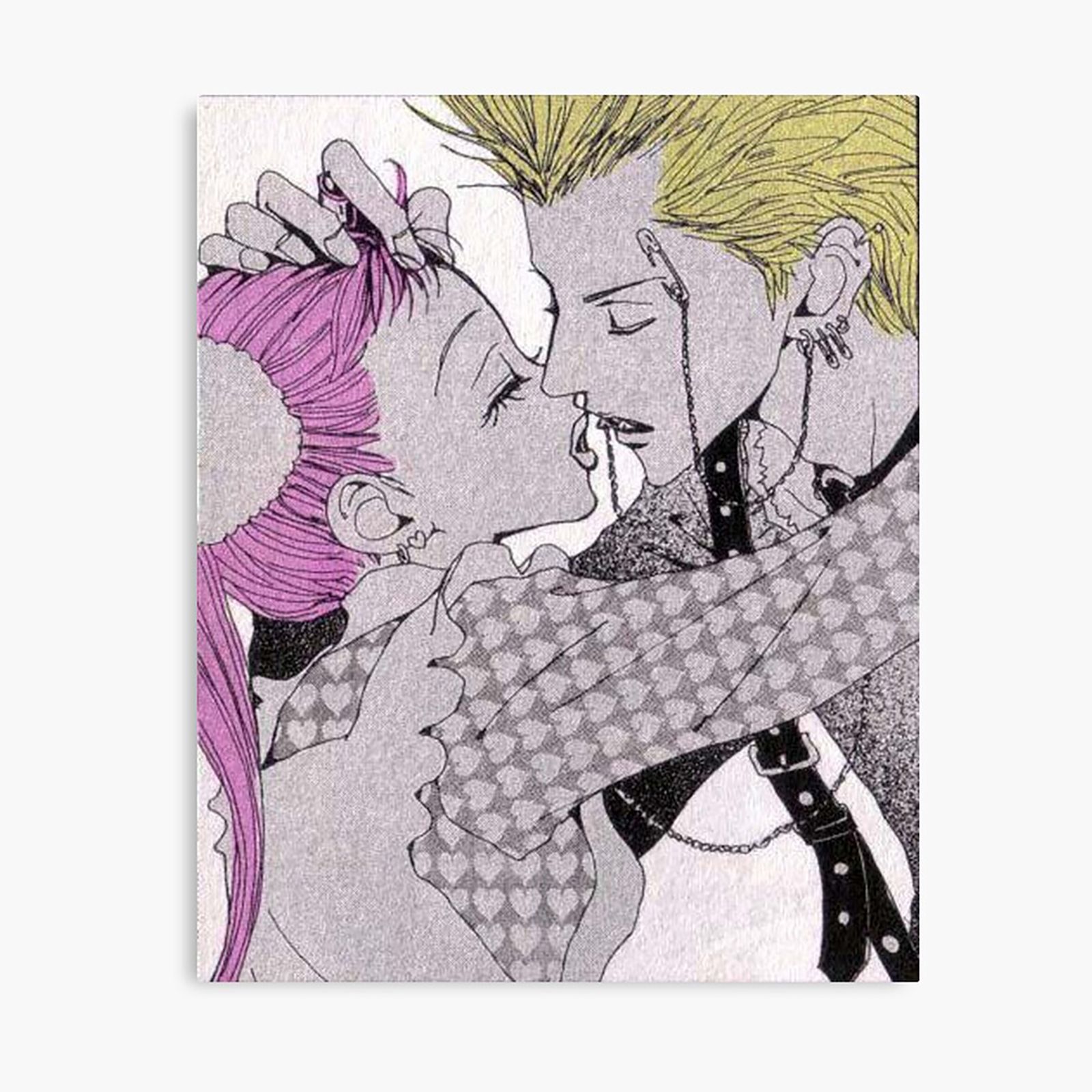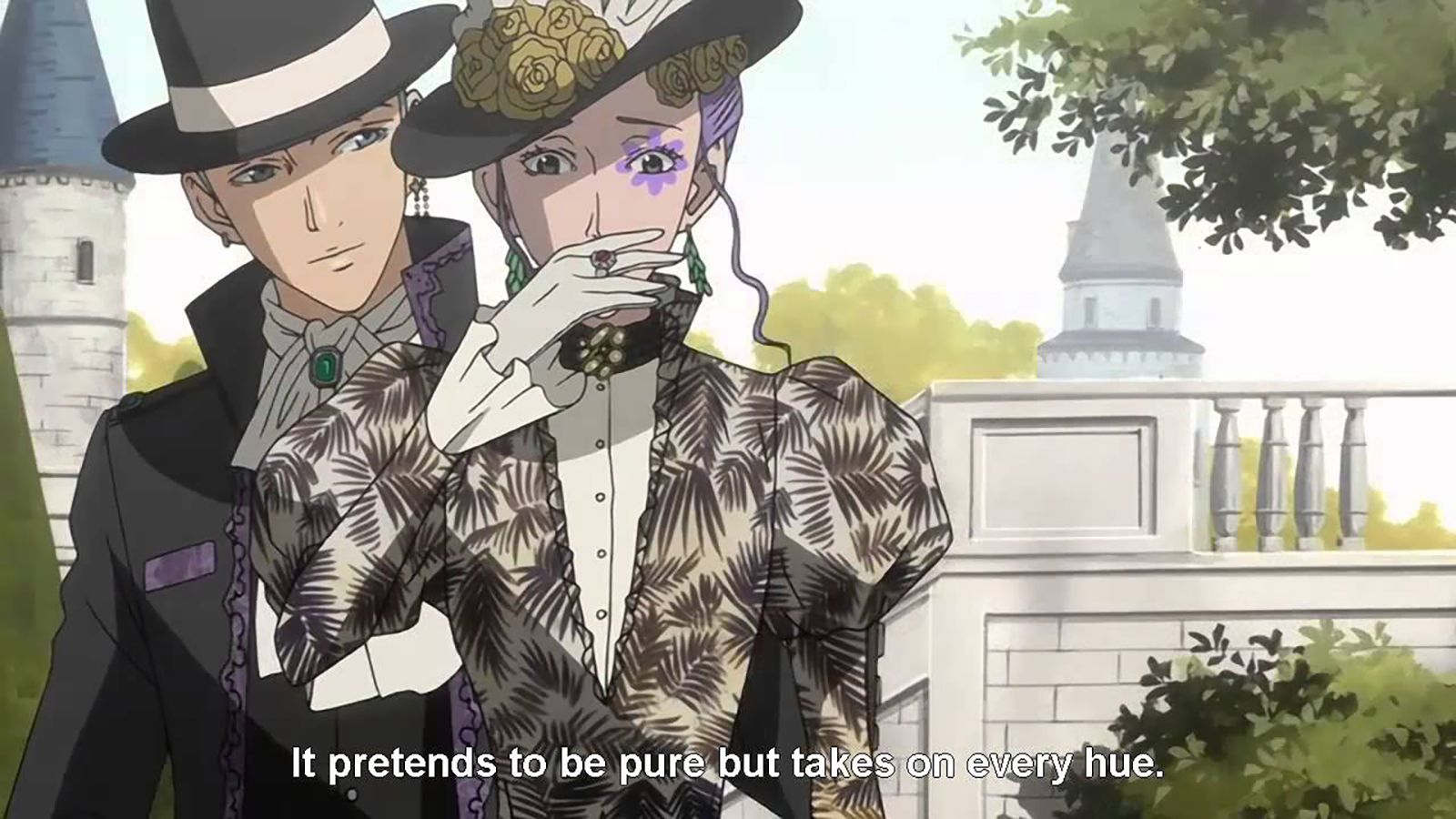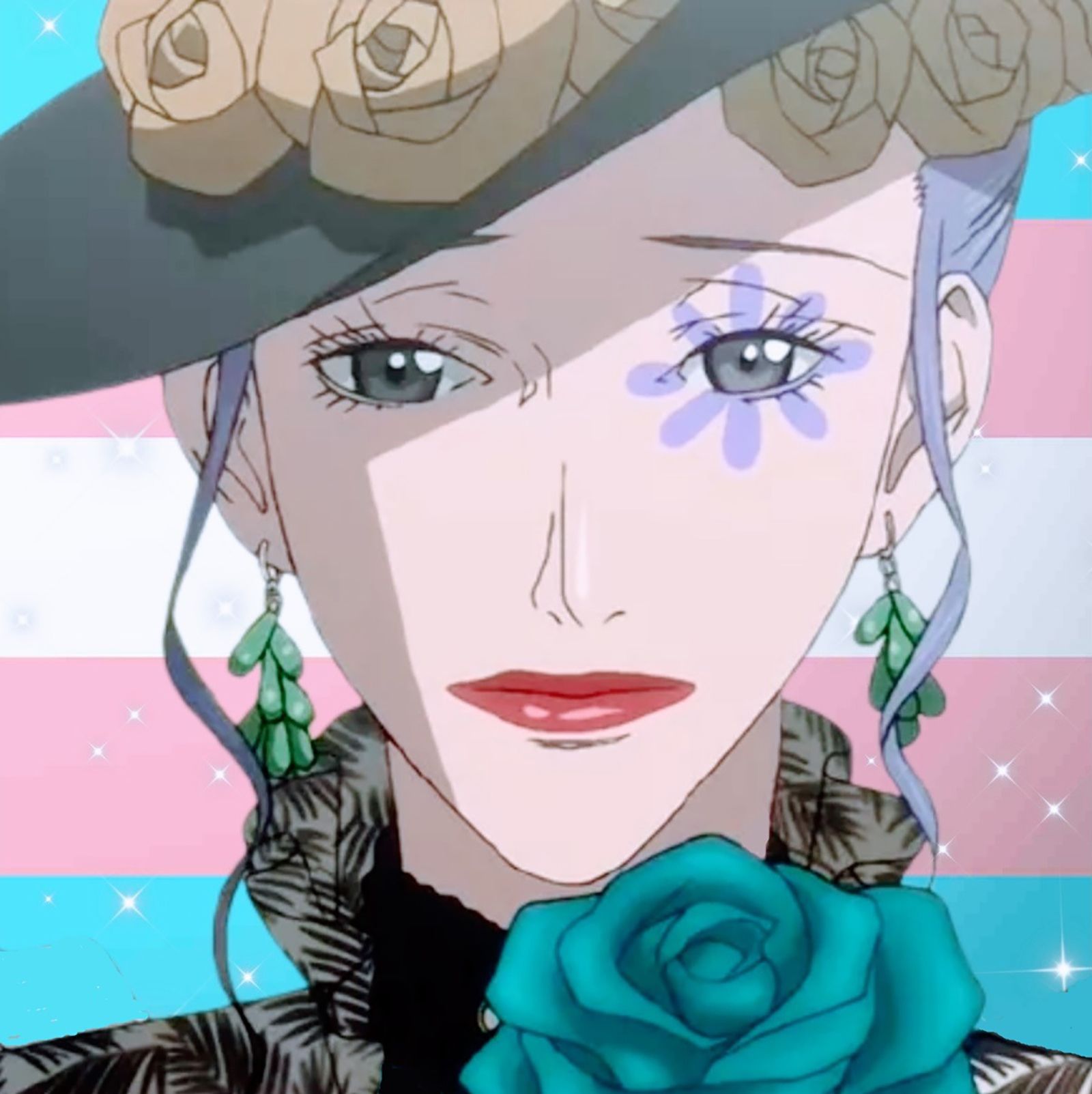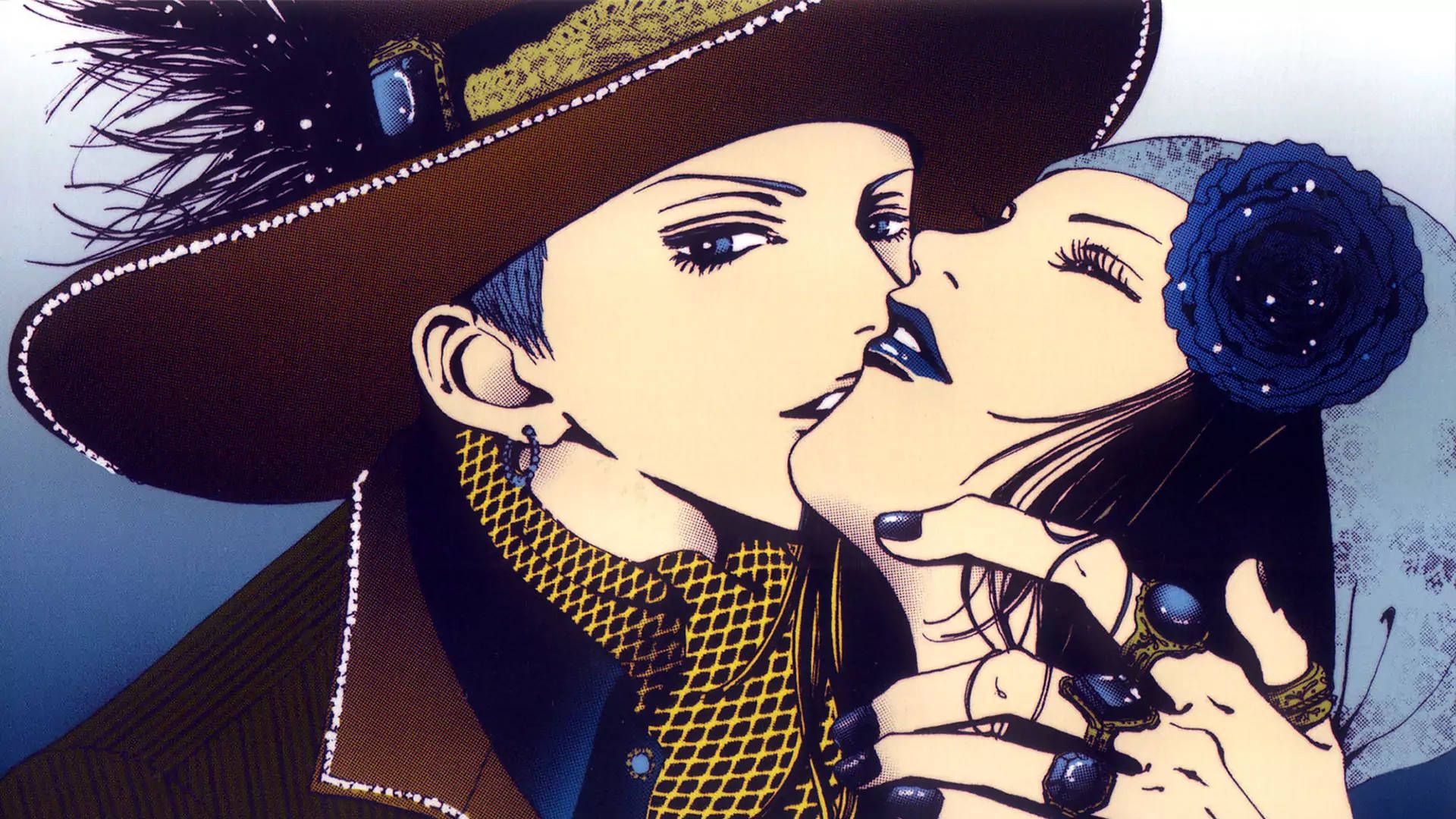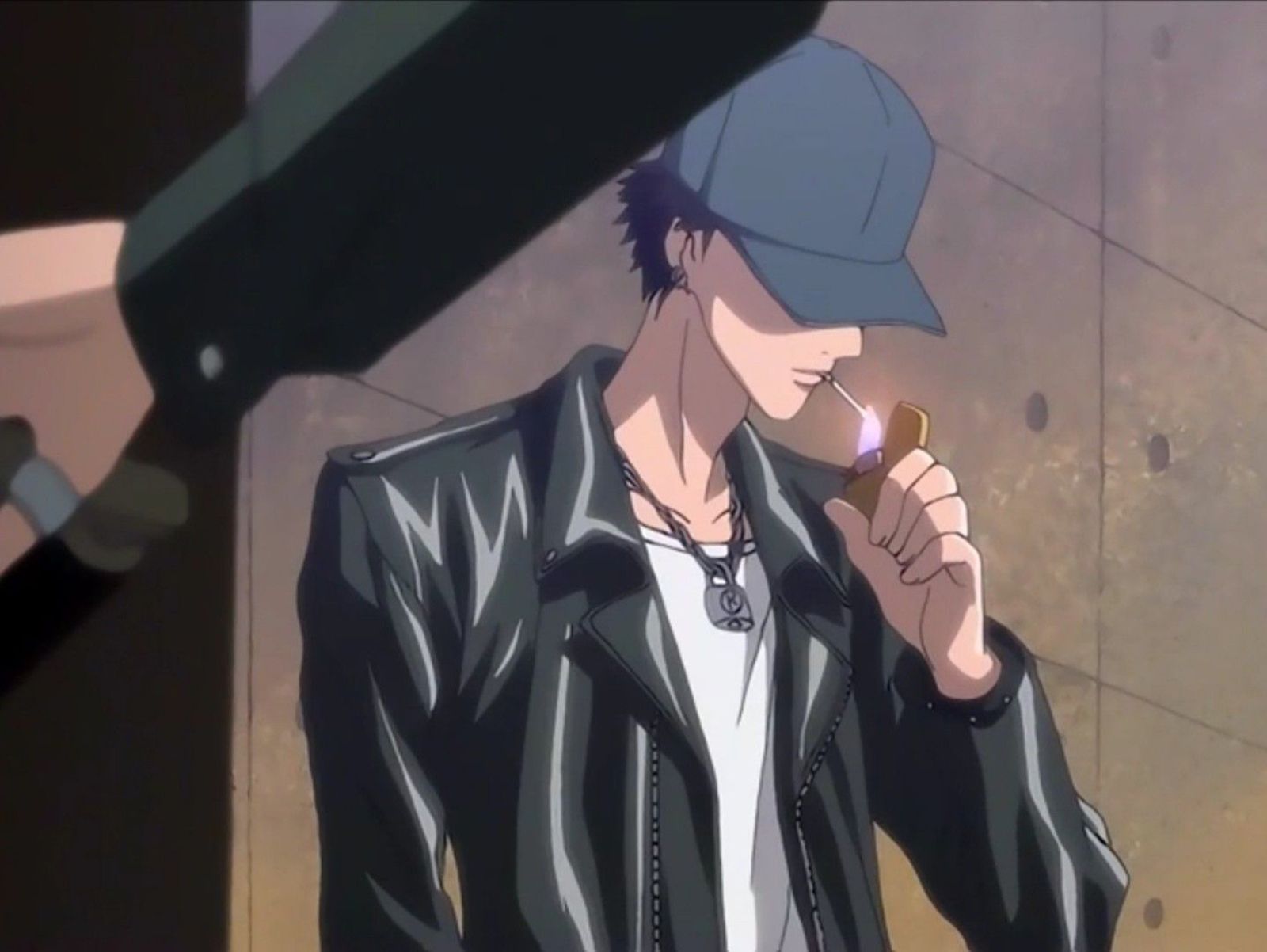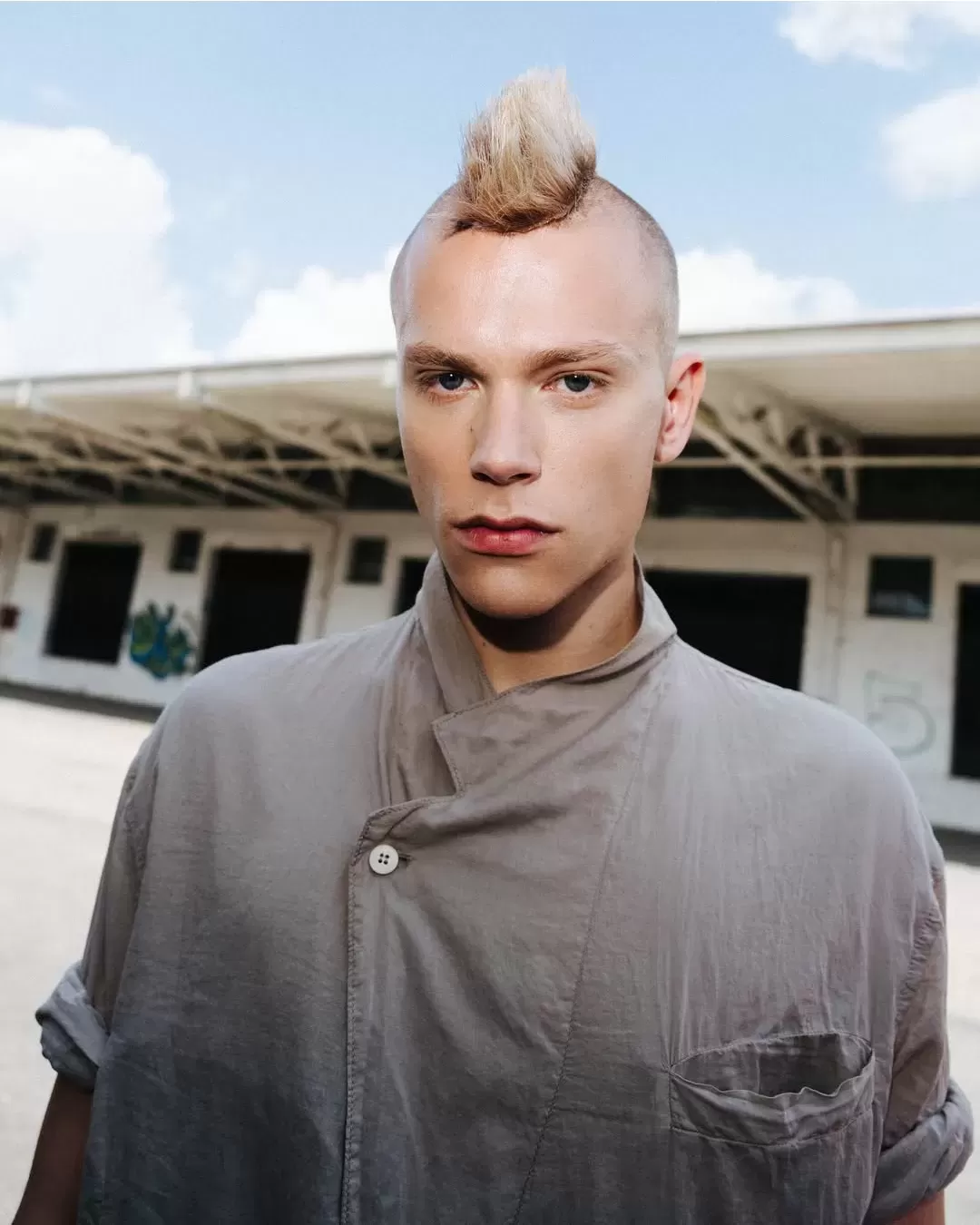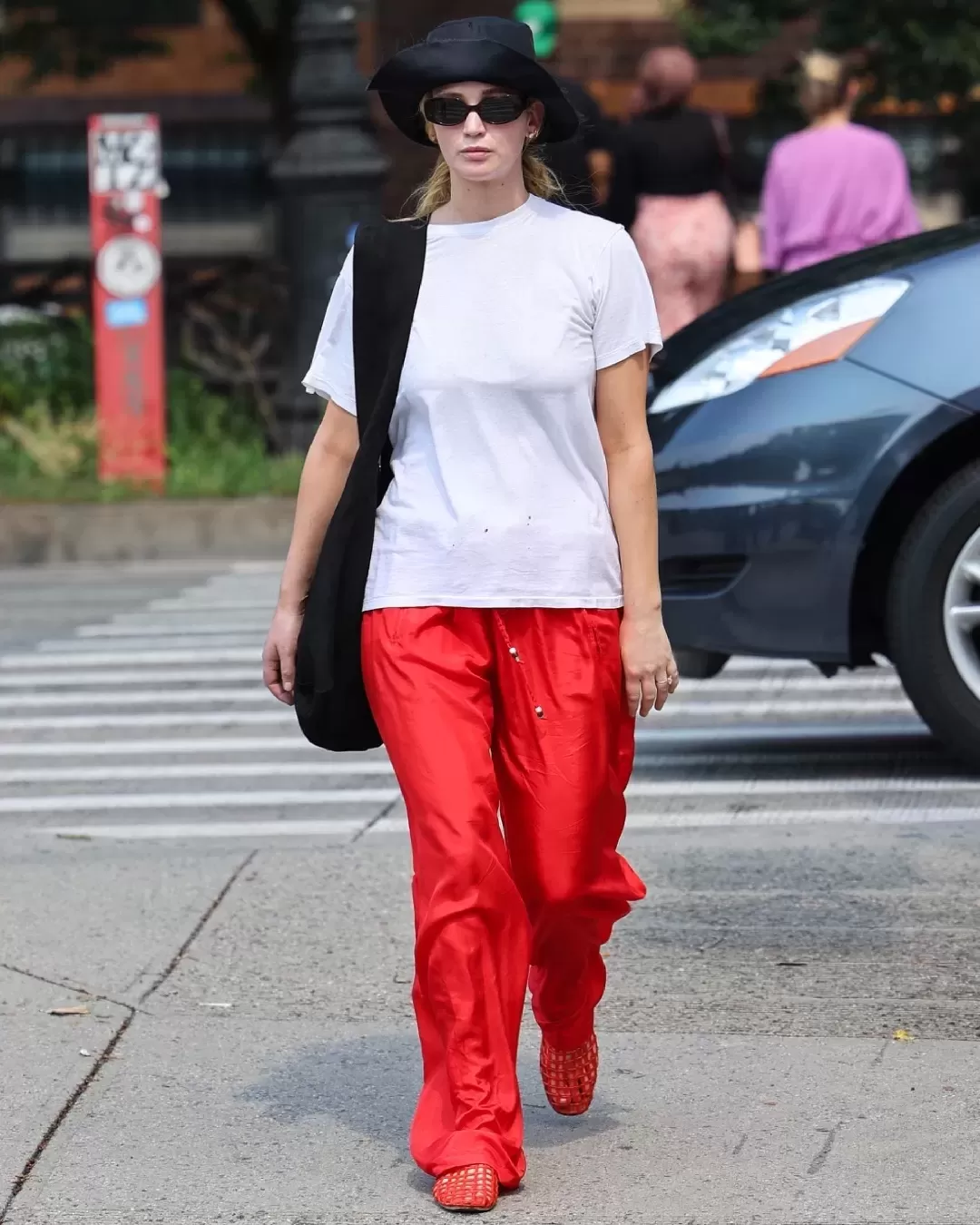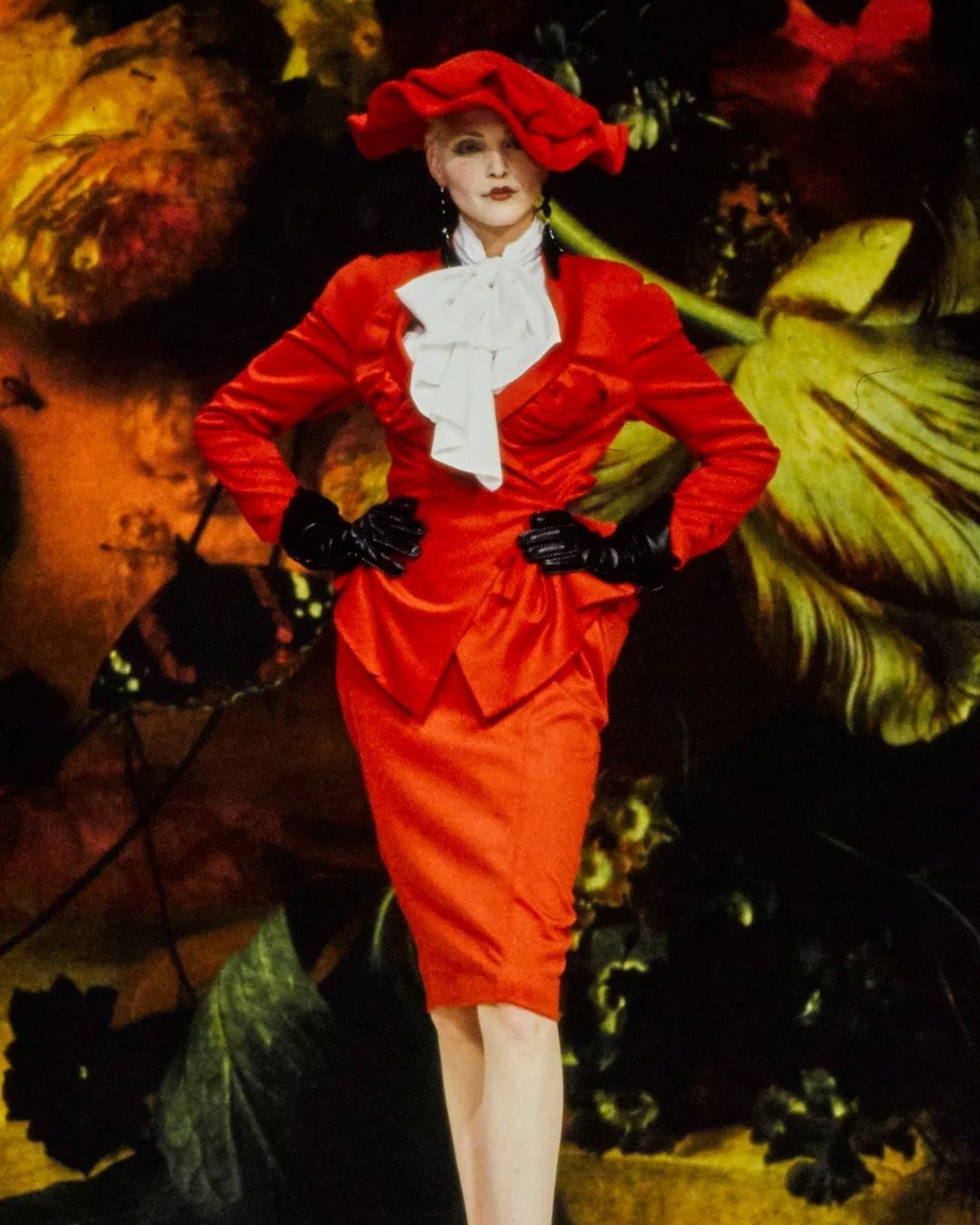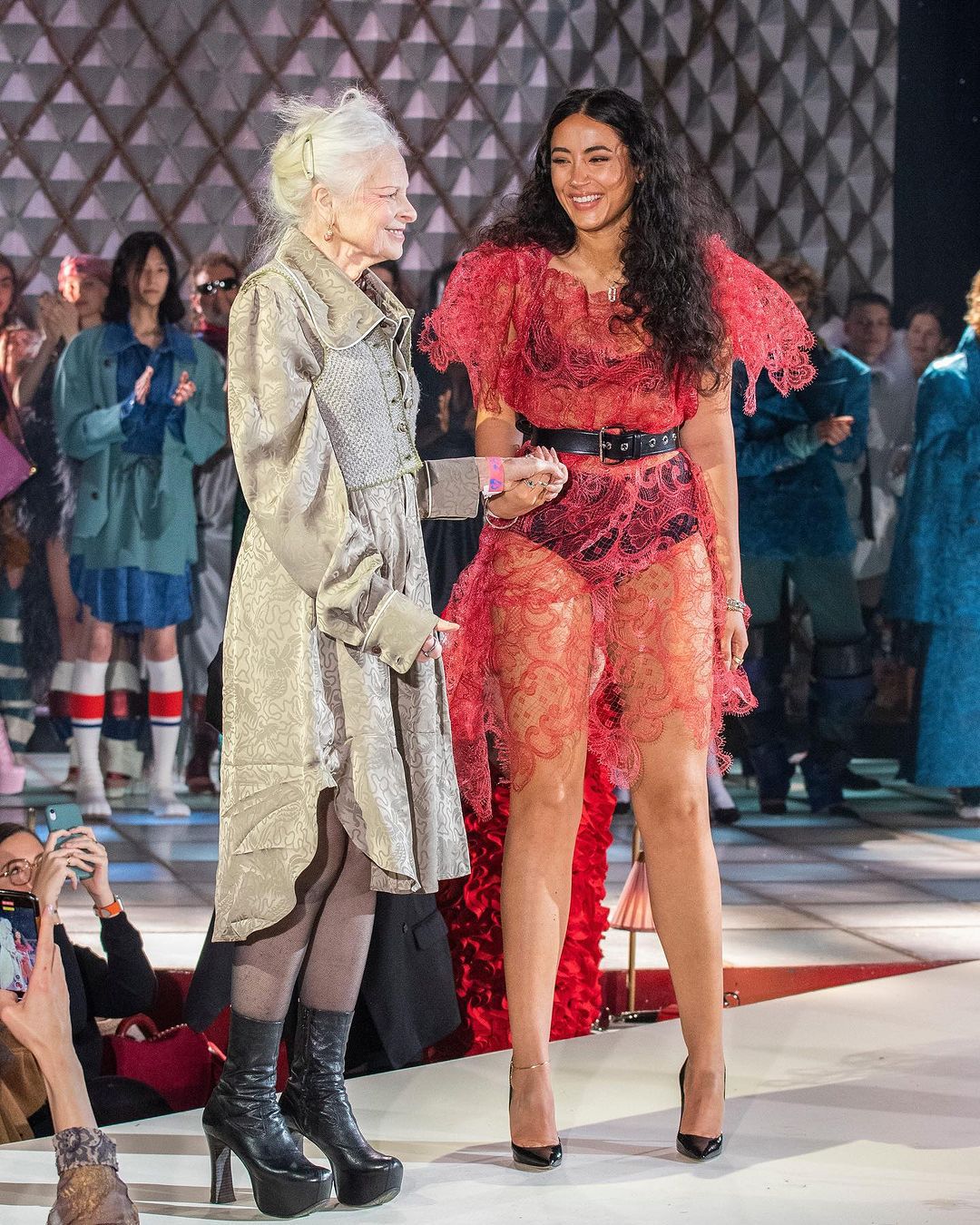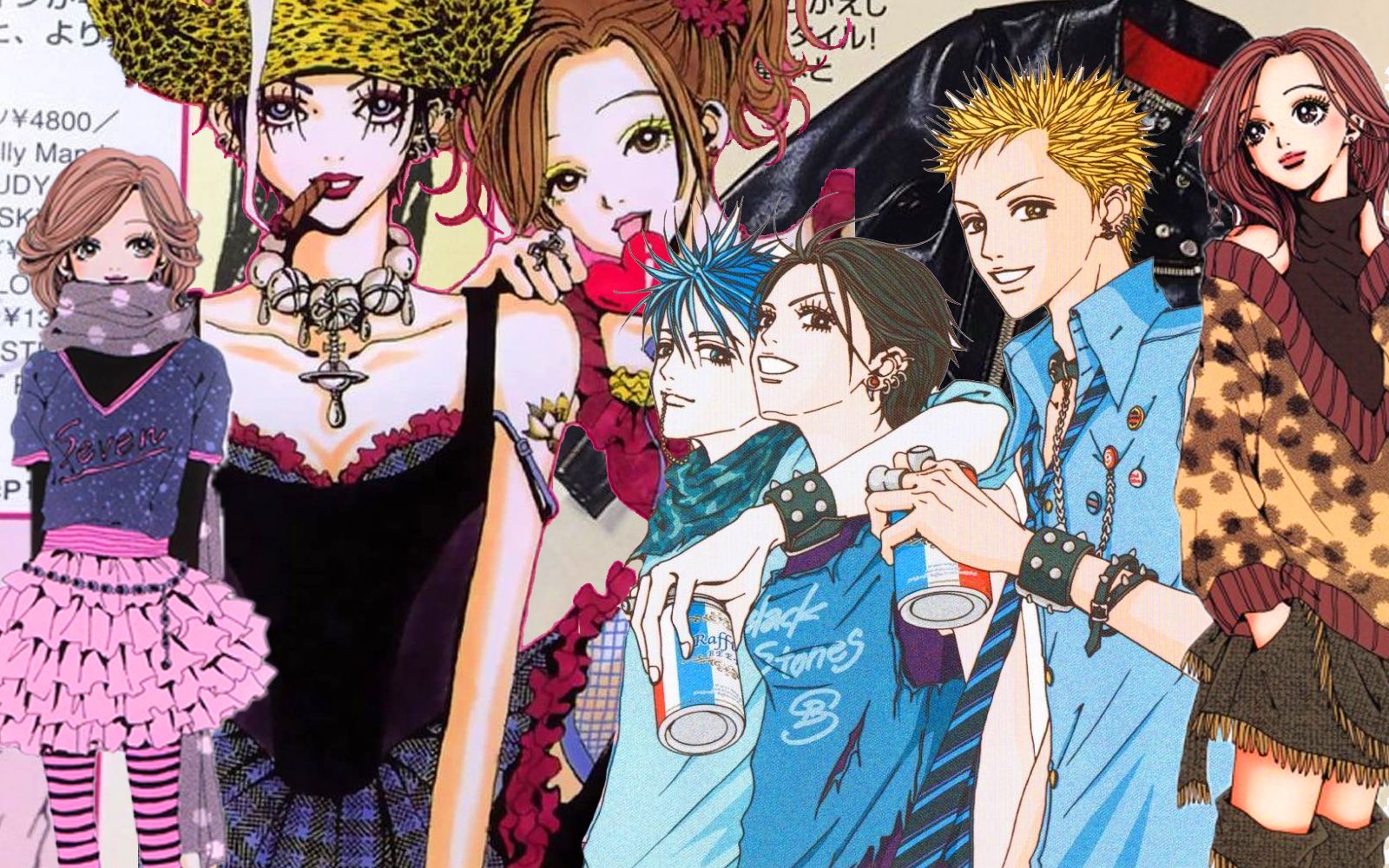
Ai Yazawa, the mangaka in love with Vivienne Westwood The cartoonist who with her tributes to punk has made us passionate about the world of fashion
Thirty years ago, when influencers and social networks did not yet exist, the gap between fashion and the new generations was even more complex to bridge. In addition to music and cinema, comics, especially Japanese comics, were a real Pandora's box overflowing with information on the hottest trends of the moment. Despite his multi-year retirement from the oriental comics scene, Ai Yazawa remains one of the most famous names in the world of anime and manga. Flipping through the pages of her albums, one quickly realizes that hers are not classic shōjo (manga for little girls) like "Sailor Moon" or "Card Captor Sakura": the themes addressed are more mature and profound, there is no room for magic, and her characters are young adults grappling with complex issues. But the real reason for his success, which still fascinates the new generations, is his long liaison with the fashion world, and especially with Vivienne Westwood.
fashion in nana kera magazine volume 58 pic.twitter.com/MrO8NrR52N
— ꒰ఎ ໒꒱ (@rtchive) September 10, 2020
Before becoming one of the youngest and most successful mangaka in the Rising Sun, Ai Yazawa attended a fashion institute that enabled her to develop an unmistakable drawing style and an almost maniacal attention to detail. The love for fashion is a leitmotif that unites all the characters, from "Courtyards of the Heart" to the famous and unfinished "Nana". Amidst young aspiring fashion designers and rising stars of punk music, the protagonists of Ai Yazawa's shōjo sport meticulously detailed looks inspired by the youth movements of the 1990s. From her first manga in '95, "Courtyards of the Heart," we begin to glimpse the identifying traits of her style: characters with delicate, harmonious features and a sleek physicality that makes them look more like fashion sketches than flesh-and-blood people. Early references to the subcultures of the early 1990s appear, including lolita style, shibukaji (French casual), inspired by Chanel fashion, and retro-cyber style made of synthetic fabrics, plastic accessories, wedge boots, and baggy pants.
With "Paradise Kiss," published in 1999, her aesthetic quest becomes more and more in-depth: between early references to the punk/visual kei movement, outfits in pastel shades in full fairy kei style, reminiscences of glam rock and nods to Victorian lolita style, Ai Yazawa's manga takes the form of a veritable encyclopedia of fashion, against a backdrop of complicated love affairs and adolescent uncertainties. But it is with "Nana", her most emblematic manga, that Ai Yazawa consolidates her bond with fashion and pays homage to the designer who won her heart. Two girls named Nana, with diametrically opposed characters (Nana Osaki is a hard-boiled punk singer, Nana Komatsu is a romantic and naive twenty-something), intertwine their lives forever after a chance encounter on board a train.
Starting with Nana Osaki, the main protagonist, one can't help but notice that in every frame - and in every vignette of the manga - the singer sports Vivienne Westwood's iconic "Sovereigns Orb" logo, composed of the Orb of the Sovereign of England along with the ring of Saturn. Among earrings, chokers and safety pins, the trademark of the English designer is omnipresent, but the accessory that catalyzes the attention from the very first scenes is the "Armour Ring", the massive silver ring that immediately gives us an idea of the rebellious character of the protagonist, who has become the brand's best seller thanks to the anime. Another extraordinary accessory - to this day practically unobtainable - is the orb-shaped lighter/necklace that Shin, the bass player in Nana's band, perpetually wears around his neck. From the chain that links the earring to the piercing on his nose, to the ripped tops that seem to come straight from the "Sex & Seditionaries" collection, the young bassist resembles the missing member of the Sex Pistols and reinvigorates the imagination of the punk street style that was so popular in Japan in the early 2000s.
Mentioning the Sex Pistols, it's impossible not to mention the character of Ren, Nana Osaki's boyfriend: practically a reverse cosplay of Sid Vicious, with spiky hair, a leather stud and a chain locked with a padlock around his neck. The pioneers of British punk music, after all, were also Vivienne Westwood's top models, and Ai Yazawa tried her hand at the same painstaking styling for the rock bands illustrated in her comic book, the "Black Stones" and the "Trapnests." Among tartan suits, bondage pants, corsets and ripped T-shirts, the most elegant piece mentioned in the manga is undoubtedly the "Red Heart Jacket": a double-breasted velvet blazer from the "Red Label" collection launched in 1999 with a black heart-shaped closure. In the wake of this trend, next to the famous "Ebury Bag" that accompanies various female characters throughout the shōjo, the most constant presence on the feet of the protagonists is the "Rocking Horse" shoe: an oriental-inspired shoe presented during the 1985 "Mini Crini" fashion show. With her latest manga, on the other hand, Ai Yazawa not only dwells on the celebration of punk, but also enjoys sketching the "lightning bolt" styles of the turn of the century, including the ganguro or gyaru: hyper-tanned young girls with fake eyelashes and pearly powder, discolored hairstyles and glittery accessories, decidedly kitschy.
nana + paradise kiss. Kewl anime kewl fashion pic.twitter.com/UcnT1QNM7Q
— leo • ᜇᜆ̥ ᜎᜒᜌᜓ (@_datuleo_) September 7, 2021
Just as some trends make an immense round trip and then return, new generations (and not just the weeb) are bringing "Nana" outfits back into vogue on social networks such as TikTok and Twitter, creating a compact fandom and a string of viral moodboards more than two decades after the manga's debut. This phenomenon of "resurgence"-no doubt due to the anime's recent landing on Netflix-goes hand in hand with the growing obsession with archival pieces by more established designers, and in "Nana," Vivienne Westwood's most iconic collections manage to reach a diverse and heterogeneous audience, not only composed of established fashionistas. Many young people come into contact with punk fashion through the fascinating production of Ai Yazawa, immortalizing once again the various facets of a self-expressive style that never stops evolving.










































